My North Coast 500 road trip itinerary: Part Two
The North Coast 500
Welcome to part two of my North Coast 500 itinerary! This is the ultimate road trip for those who dream of exploring the Scottish Highlands. This blog post will cover the north and east coast section of the drive and will include my must see destinations, accommodation and car camping recommendations. If you missed Part one for the south and western section of the drive, you can read it on my blog click here.
A quick recap. For the first part of North Coast 500 trip, I spent just over a week exploring the south and west coast of the route, starting in Inverness and then towards the Applecross peninsula (with a slight detour to the Isle of Skye). I finished part one on Day 9, having stopped for a few days in Stoer to explore the beautiful Assynt region. Now let’s get stuck in to part two.
Day 10 and 11 - Road to Tongue
Day 10 was the day I waved goodbye to the west coast and ventured further up north, taking just over 55 miles to reach my next stop over destination of Tongue. The good news was that I was back onto A roads for a while, which felt like a relief after navigating single track winding roads for the previous 3 days. The scenery is still just as wild and unspoiled in the north, with plenty of landscapes to marvel at along the way.
‘Wailing Widow’ Falls on Loch na Gainmhich can be found just beyond Loch Assynt. There is parking along the A894 and you can view the 50ft falls both from the top and from below.
The Kylesku bridge has become somewhat of a North Coast 500 landmark due to it curved design, but it was the surrounding landscape that really caught me eye. I’d thoroughly recommend stopping in the car park immediately next to the bridge to enjoy views of the impressive Quinag mountains and Loch a Chairn Bhain.
Durness
The scenery all the way up to Durness is pretty spectacular, especially leading up to Scourie. The roads will return to single track in parts along the way, but there are plenty of passing bays and view points to stop and enjoy the scenery. Durness itself is a small village, but has a great selection of places to see in the area. You can also top up on fuel here at the local self service station.
Cocoa Mountain - if you like hot chocolate then you NEED to visit this Scottish Chocolatier. The chocolate here is pretty delicious and trust me on a typically chilly Scottish day, a hot chocolate is definitely in order. The shop is within the Balnakeil Craft Village, home to local artists and craft shops, an ideal place to find a unique souvenir.
Balnakeil and Sango Bay beaches - two accessible beautiful white sand beaches with nearby car parks. Don’t be surprised to hear loud bangs as the military often carry out training in this stretch of coast.
Smoo Cave - Scotland’s largest cave formed by sea and river erosion can be found just outside Durness. You can take boat tours through the deep underground cave network and it is free to visit all year round.
Ceannabeinne Bay - another beautiful white sand beach on the road towards Tongue. With a small car park on the main road that will lead you down to the beach or why not enjoy a zipline across the bay (if you’re brave enough!).
Tongue
Driving via the spectacular mountainous region of Loch Eriboll, making sure to check out the prominent near island Ard Neakie, you will approach the Kyle of Tongue. Pronounced ‘Tun-ga’, the drive over the waters on the causeway into the village offer the most spectacular views of Ben Loyal, known as the Queen of Scottish Mountains. If you have time, I’d thoroughly recommend enjoying a short hike to the ruins of Castle Varrich, starting from the Ben Loyal Hotel. Little is known about the castle’s history and it is free to access, with a brand new staircase and viewing platform which offers the best views of the Kyle and the surrounding Sutherland landscape. Tongue itself is just a small village, with two hotels, a village shop and a self service petrol pump.
Accommodation: Ben Loyal Hotel, Tongue | Smoo Cave Hotel, Durness
Car Camping: Sango Bay Campsite, Durness
Places to Eat: Weavers Cafe, Tongue
Day 12 and 13 - Road to John O’Groats
Get ready to wave goodbye to remote living as you head back towards civilisation on route to John O’Groats along the north coast. The drive should take you just under two hours, but there are a few places I’d recommend visiting along the way.
Bettyhill
Make sure to stop off at Bettyhill where you can visit the Strathnaver Museum which offers insight into the tragic story of the Highland Clearances, as well as a room dedicated to the Clan Mackay. A short walk away from the museum is the beautiful Farr Bay. This white sand beach was one of my favourites, mainly because of how secluded it was. When I visited I was the only person there, with just one or two lonely cottages overlooking the bay. Strathy and Melvich, which are on the way to John O’Groats, also have some stunning beaches to enjoy.
Thurso
You won’t miss Thurso as it is the most built up area you would have seen the entire route if coming from the west to east. The most northerly town in mainland Scotland is worth visiting, not least of all to stock up on supplies. There are plenty of shops, cafes and restaurants to enjoy here, as well as an ancient castle and tower, a whisky distillery and a church in the old town that dates back to the Viking era. The Castle of Mey, residence of the late Queen Mother, is also close to Thurso and worth a visit. Thurso is an ideal location for those who like the comforts of having facilities readily available and has a number of B&Bs and Hotels to make for a good base to explore the area.
Dunnet Head
If you want to accolade of claiming you’ve been to the most northern point of mainland Britain, then you need to visit Dunnet Head instead of John O’Groats. The windy drive through the wild heathland of Caithness will take to Dunnet Head lighthouse. Fun fact: this lighthouse was built in 1831 by Robert Stevenson, an esteemed lighthouse designer and grandfather of Treasure Island author Robert Louis Stevenson. Make sure to make the short walk to the view point at the top of the hill to get the most incredible panoramic views overlooking the Caithness landscape as well as the Orkneys. There are old derelict army buildings from when Dunnet Head was used as a radar station during World War two. You can also spot plenty of birdlife from the cliff top, including Puffins and Oystercatchers.
John O’Groats
This end of the road landmark has to be included in your North Coast 500 trip. John O’Groats village itself is very remote, with just a post office, a grocery store and a hotel, but it is the harbour area with the iconic signpost that makes this place a popular attraction. Many take on the end to end challenge of cycling from Land’s End to John O’Groats, so you may well see a few cyclists starting or finishing the challenge by the signpost. There are several tourist attractions around the harbour area, including a selection of souvenir shops (even a Christmas shop), a brewery, an ice cream shop and a cafe. You can also spot marine life near the harbour and along the coastline, including seals, dolphins, sea otters and even orcas. If you are an animal lover, make sure to visit Puffin Croft Petting Farm where you can see all sorts of animals, from pigs, goats, Shetland ponies and rabbits.
Duncansby Stacks
A short drive or 30 minute walk will take you to nearby Duncansby Head, the most northeastern point of mainland Britain. A short walk from the lighthouse car park will take you to the impressive sea stacks that have stood in the ocean for over 6000 years. Their jagged and unique shape are due to erosion from the powerful North Sea and had to be one of my favourite natural discoveries along the North Coast 500. Make sure you walk along the cliff top path and watch how each stack changes shape from a different view point. You’ll also spot some more birdlife along the cliffs and on the stacks too.
Accomodation: I car camped at Windhaven Campsite near Dunnett Head which is perfectly situated on the coast overlooking Brough Bay. The facilities are basic, but you won’t be disappointed by the location or the hospitality here.
Places to eat: Stacks Coffee House, John O’Groats | Windhaven Cafe, Brough | Bydand, Thurso
Day 14 and 15 - Road to Dornoch
Time to head on down the east coast towards the pretty town of Dornoch. The east coast is far less wild than the west and single track roads are a thing of the past. But there are plenty of wonderful places and coastal views that await you as you take the A9 out of John O’Groats. The drive should take you just under two hours without stopping, but as you have probably guessed, there are plenty of places to see along the way.
Wick and Castle Sinclair & Girnigoe
I stopped off in Wick, a charming town on the north east coast that is steeped in history. I would recommend exploring the Pultneytown area which is south of the river from Bridge Street. Here you will find architecture that makes you feel like you are strolling through old town Edinburgh. If you’d like to learn more about Wick’s history, I would recommend visiting the Wick Heritage Centre. Wick is also home to the Old Pulteney Whisky Distillery.
About 3 miles north of Wick you will discover the dramatic ruins of 15th and 17th century Castle Sinclair & Castle Girnigoe. Standing on a rocky point jutting out into Sinclair Bay, both are thought to be two separate fortresses, although they stand very close together. You can enjoy a good clifftop walk here, with plenty of birdlife, that leads to the beautiful Sinclair beach.
Brora and Dunrobin Castle
I couldn’t help but stop to explore whilst driving through the pretty village of Brora. There are a selection of independent shops and cafes here, so it’s the perfect place to grab a coffee or an ice cream in the popular Capaldis of Brora. Brora is a picturesque town to simply stroll through, but it is also a popular stop over destination for exploring the east coast of the Scottish Highlands.
If like me you love a castle, then you have to visit the impressive Dunrobin Castle. This romantic gothic castle is something out of a fairytale and was former residence to the Duke of Sutherland. Dating back to the 14th century, the castle and it’s impressive grounds are perfectly situated overlooking the Moray Firth. Book to see inside the Castle’s many state rooms (there are 189 rooms in total) along with the impressive Victorian museum filled with archaeological relics from around the world.
Falls of Shin
I visited the impressive waterfalls along the River Shin, famous for being the best place where you can see salmon leaping upstream. Located slightly off the North Coast 500 route near Lairg, there is a car park and visitor centre here, together with a restaurant and even a crazy golf course. Every year Atlantic salmon return from the open ocean to reach the River Shin where they were spawned. From a viewing platform, which is a short walk from the visitor centre, you can see salmon making the leap up the powerful waterfalls. The river is located in the heart of the most beautiful pine forest, with woodland trails and the chance to spot lots of wildlife.
Dornoch
Dornoch is by far the prettiest town I visited during my entire North Coast 500 trip and I would absolutely recommend basing yourself here for a few days. From charming golden brick cottages and a 13th century cathedral, to a vast array of independent shops and cafes and a glorious beach, Dornoch has so much to see and do. Dornoch is rich in history and I’d thoroughly recommend learning more in the Historylinks museum. There is also the Witches Stone in Carnaig Street, in memory of poor Janet Horne, the last person to be burned as a witch in Scotland in 1727. Dornoch is one of those places you can simply wander and soak in it’s charming atmosphere.
Accommodation: Dornoch Castle Hotel | Albatross B&B, Dornoch
Places to eat: Luigi, Dornoch | The Pier Cafe, Lairg
Day 16 - The Black Isle
The Black Isle peninsula is an area I only visited for the day and marked the end of my North Coast 500 drive. The area is full of charming towns and villages and is known for being the best place to see bottlenose dolphins in Scotland.
Cromarty and Fortrose
Just 40 minutes drive from Inverness is the picturesque town of Cromarty. It is filled with distinctive Georgian merchant houses and quaint fishermen’s cottages, and has a sandy beach where you can often spot bottlenose dolphins. Cromarty is one of those towns you can simply wander and there are plenty of places to grab a bite to eat too. Fortrose is a charming village that is steeped in history, Here you can marvel at ornate Victorian buildings and the ruins of a cathedral dating back to 1250. Make sure to stroll through the narrow winding roads to the harbour with a pretty secluded beach.
Chanonry Point
Located on Rosemarkie Bay, Chanonry Point is one of the best spots to see Bottlenose dolphins as they often feed here. There is a viewing point located just behind the lighthouse a short walk from the main car park. The best time to see dolphins is on a turning / rising tide as this is when they chase fish inland to feed. The dolphins come in quite close to shore too, making this the prime location to marvel at these delightful creatures.
RSPB Fairy Glen
A magical woodland with two beautiful waterfalls known as the Fairy Glen can be found in Rosemarkie on the Black Isle. This narrow and steep sided reserve is home to a variety of birdlife throughout the year and is a pretty spot for nature lovers to enjoy.
Accommodation: Sydney House B&B, Cromarty
Car Camping: Fortrose Bay Campsite
Thank you for reading part two of my North Coast 500 itinerary. I hope it gives you some inspiration for when you plan your own trip to the beautiful Scottish Highlands. If you have any questions, please do not hesitate to post a comment or contact me directly.
For more advice and recommendations, please head to the official North Coast 500 website which provides extensive details on accommodation, excursions and attractions.


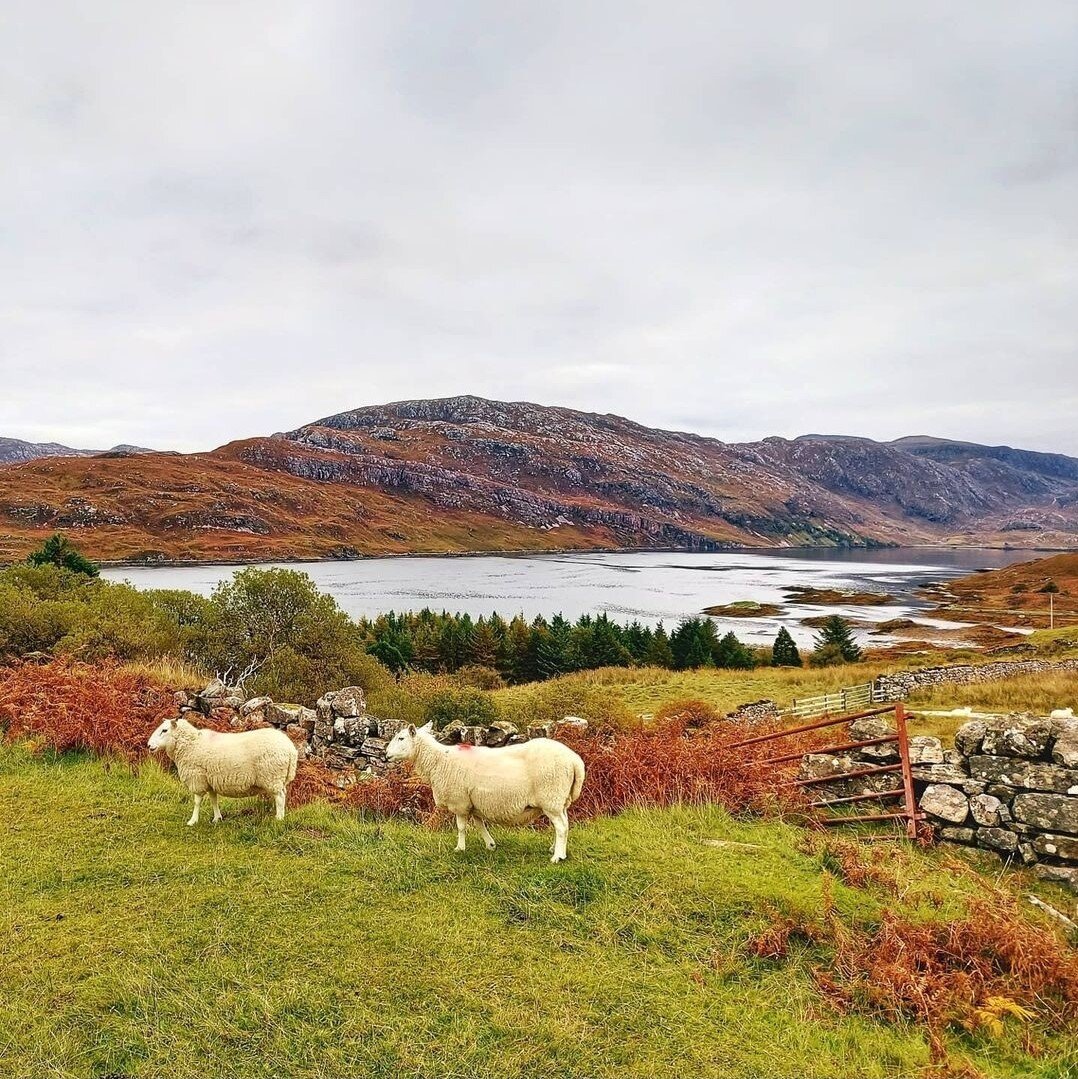
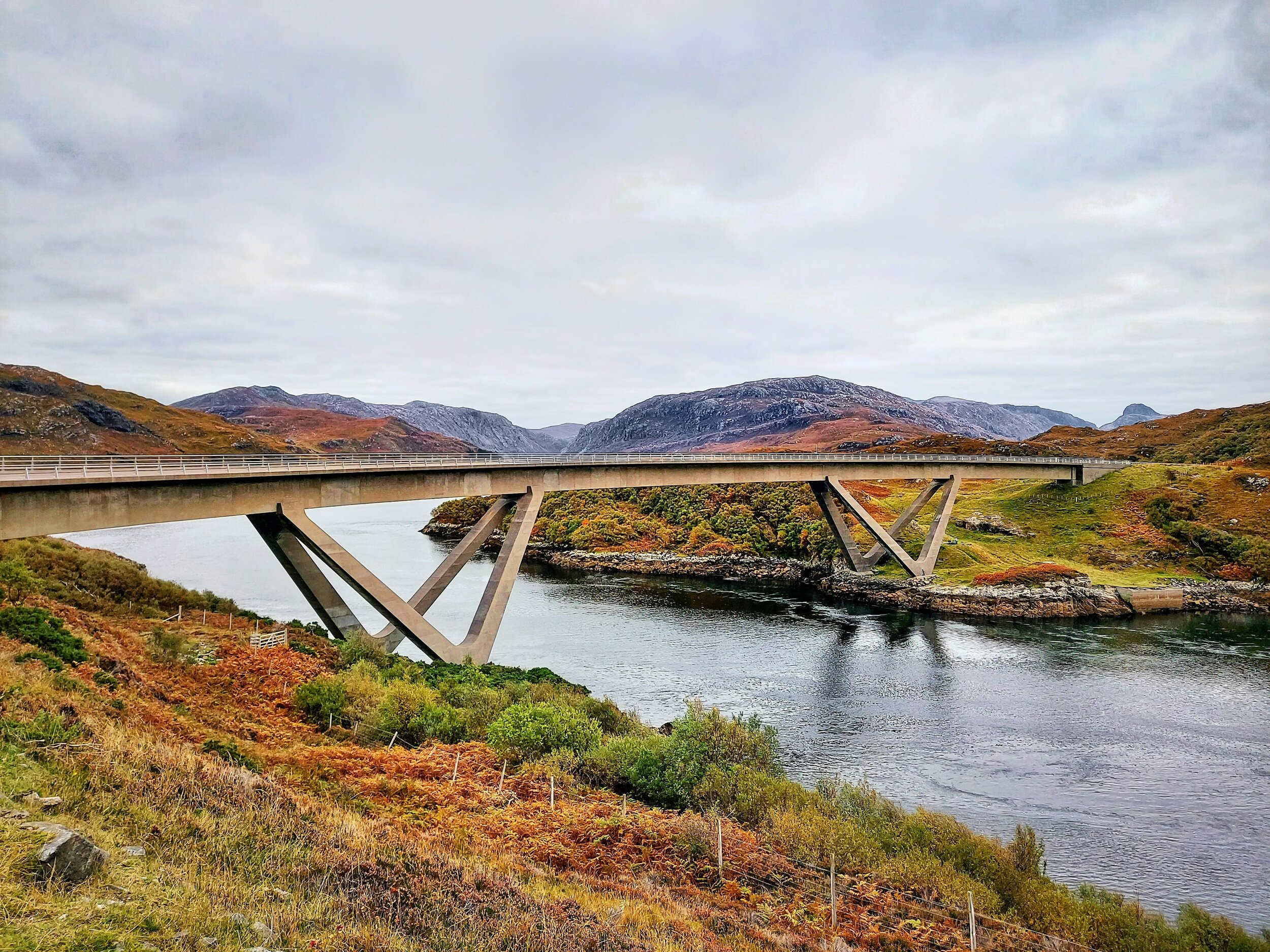
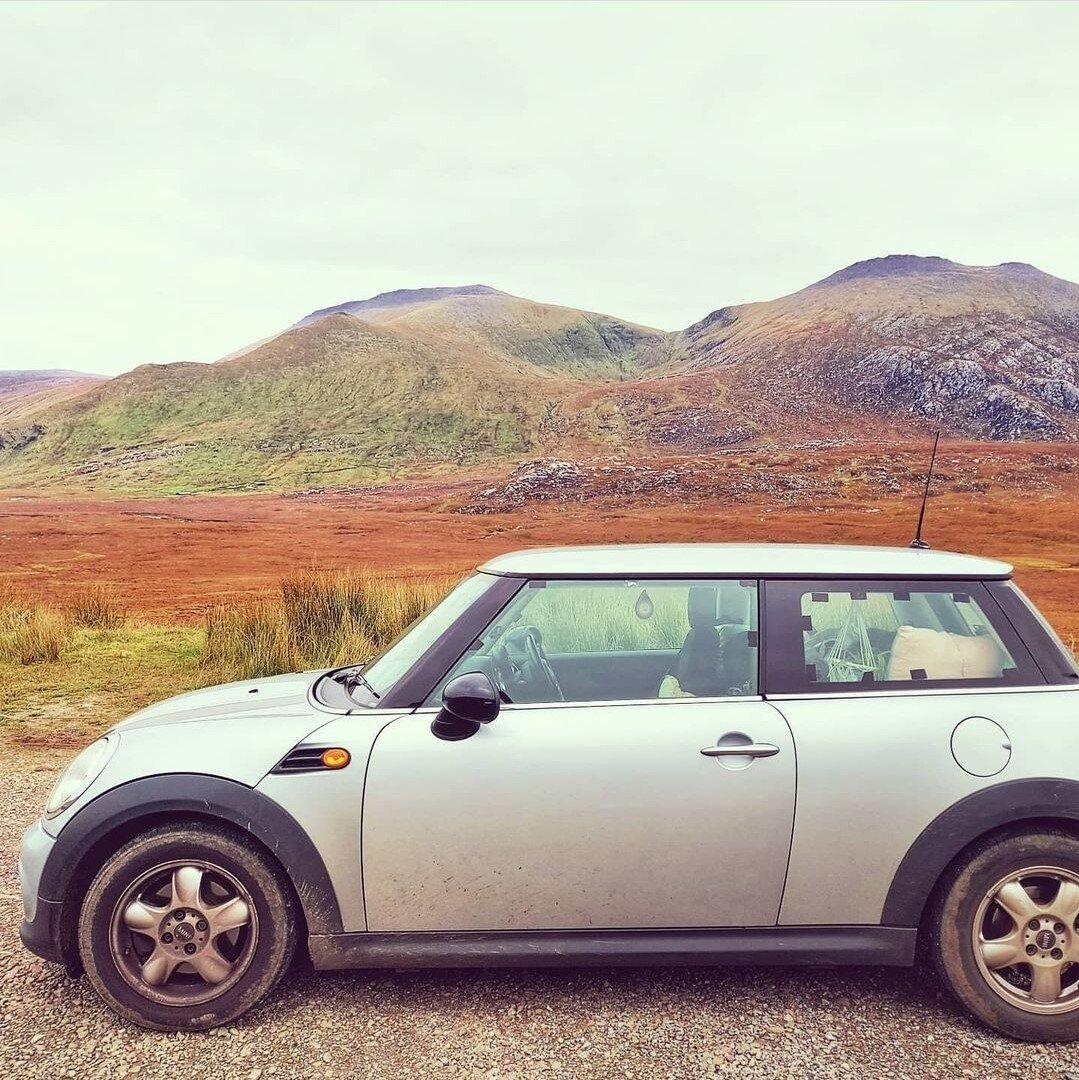
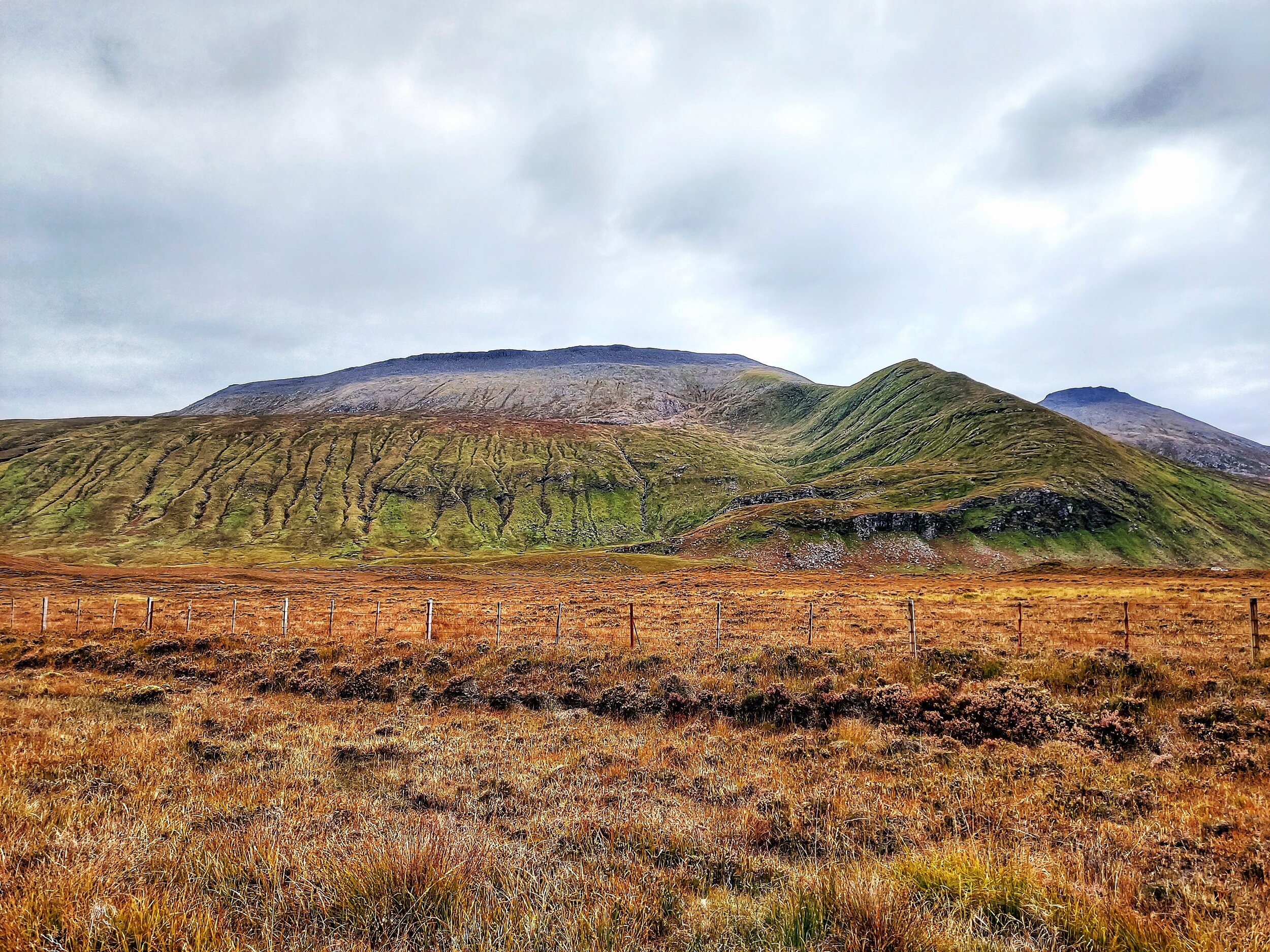
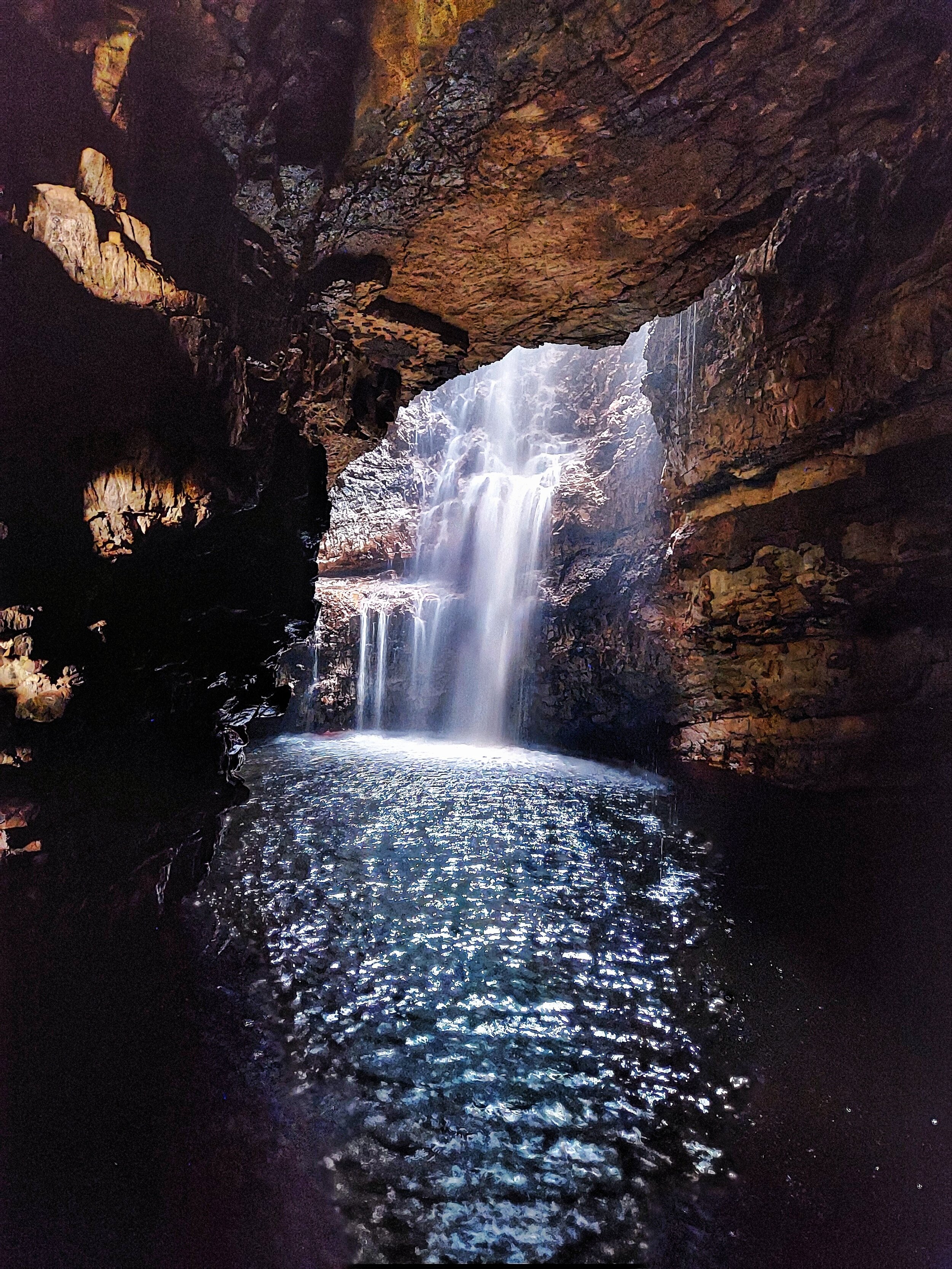
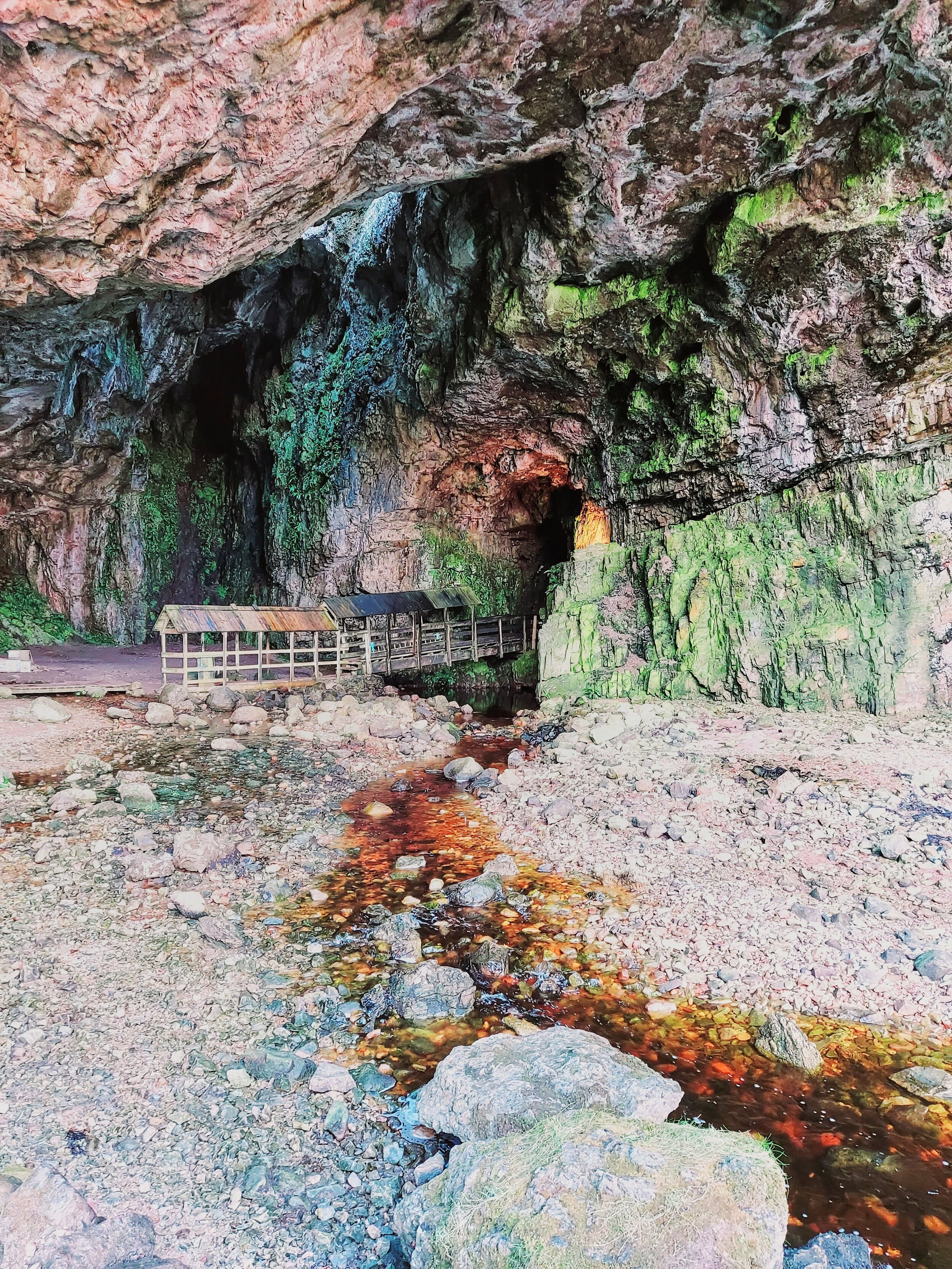
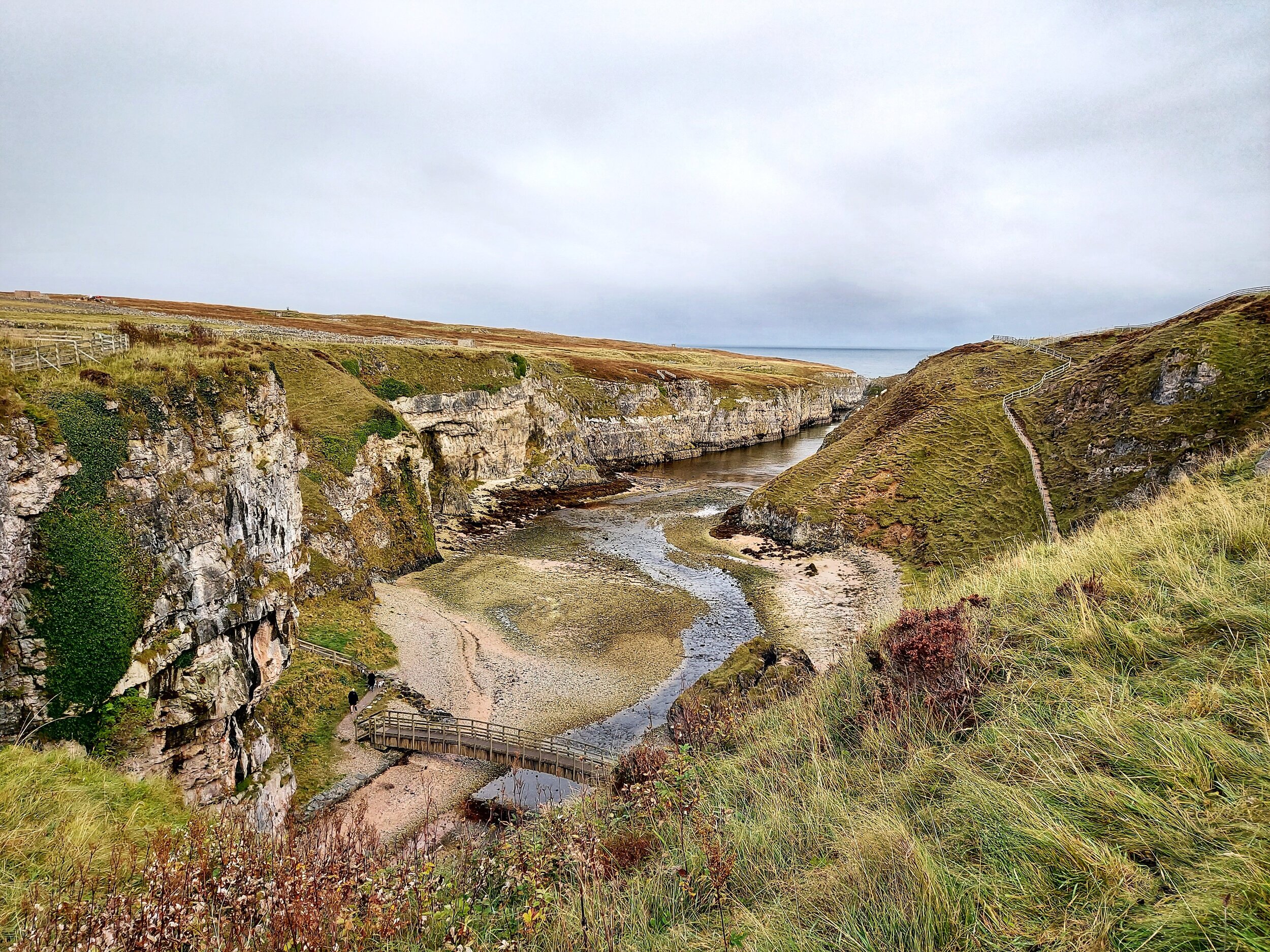
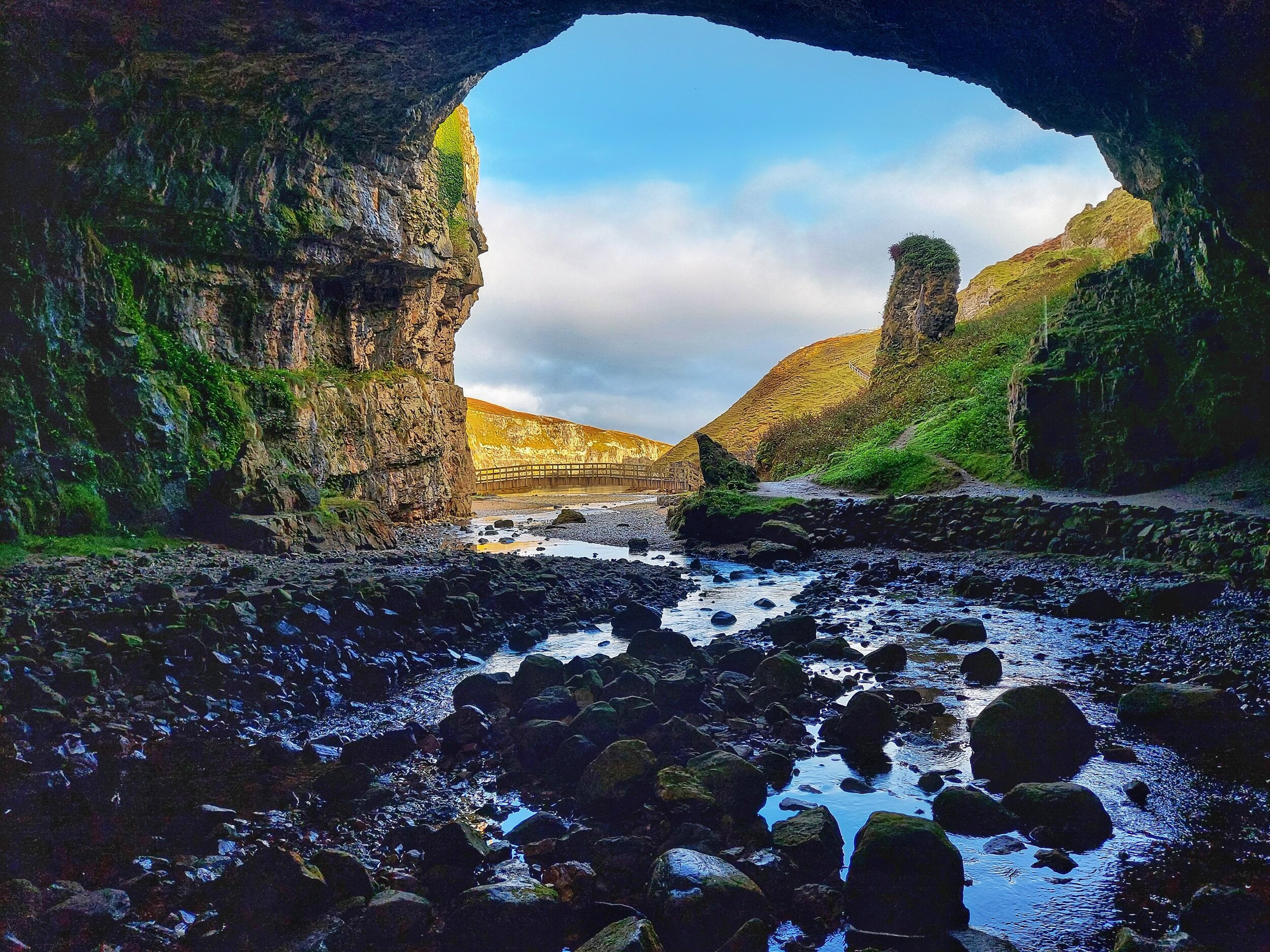
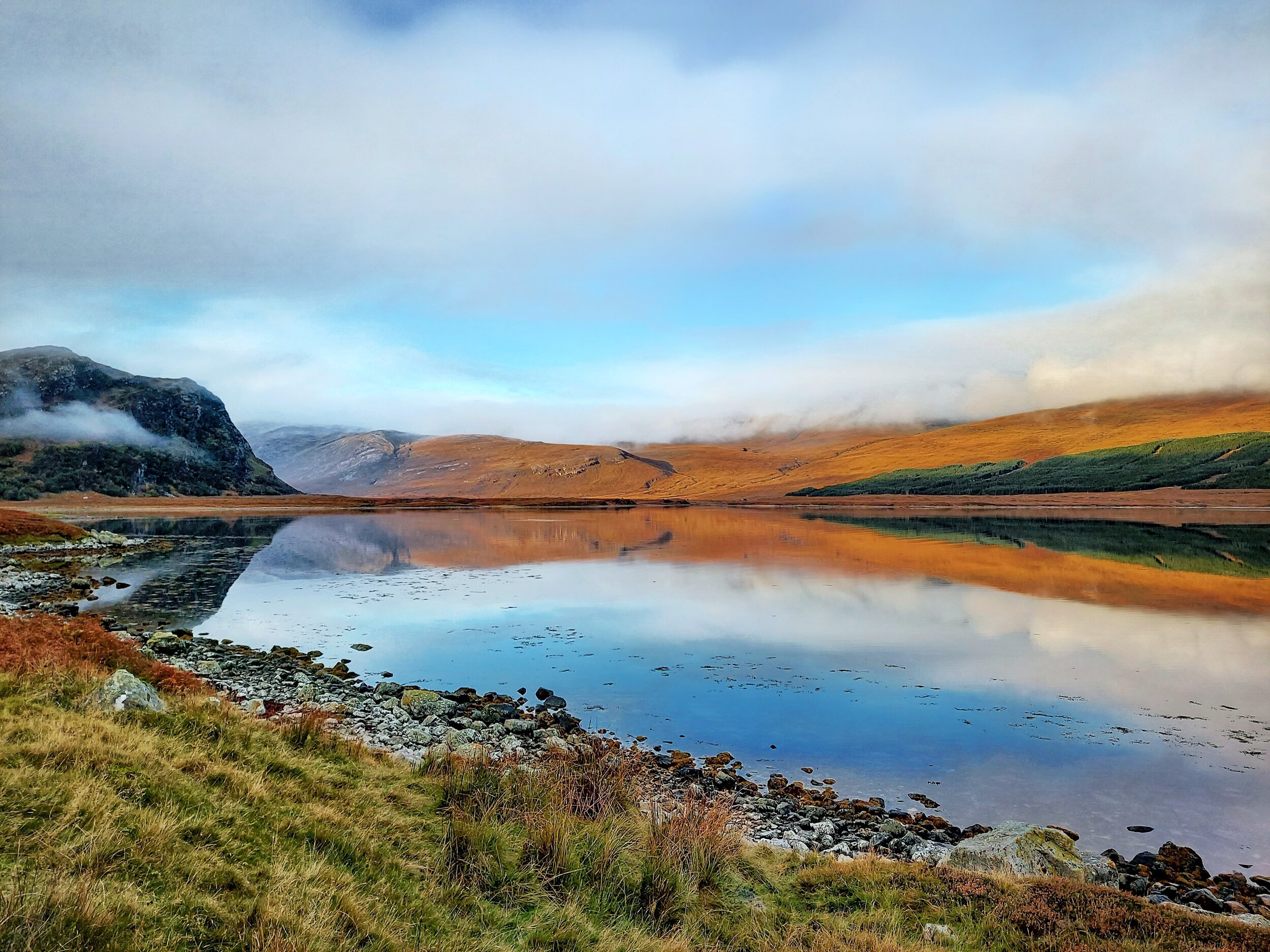
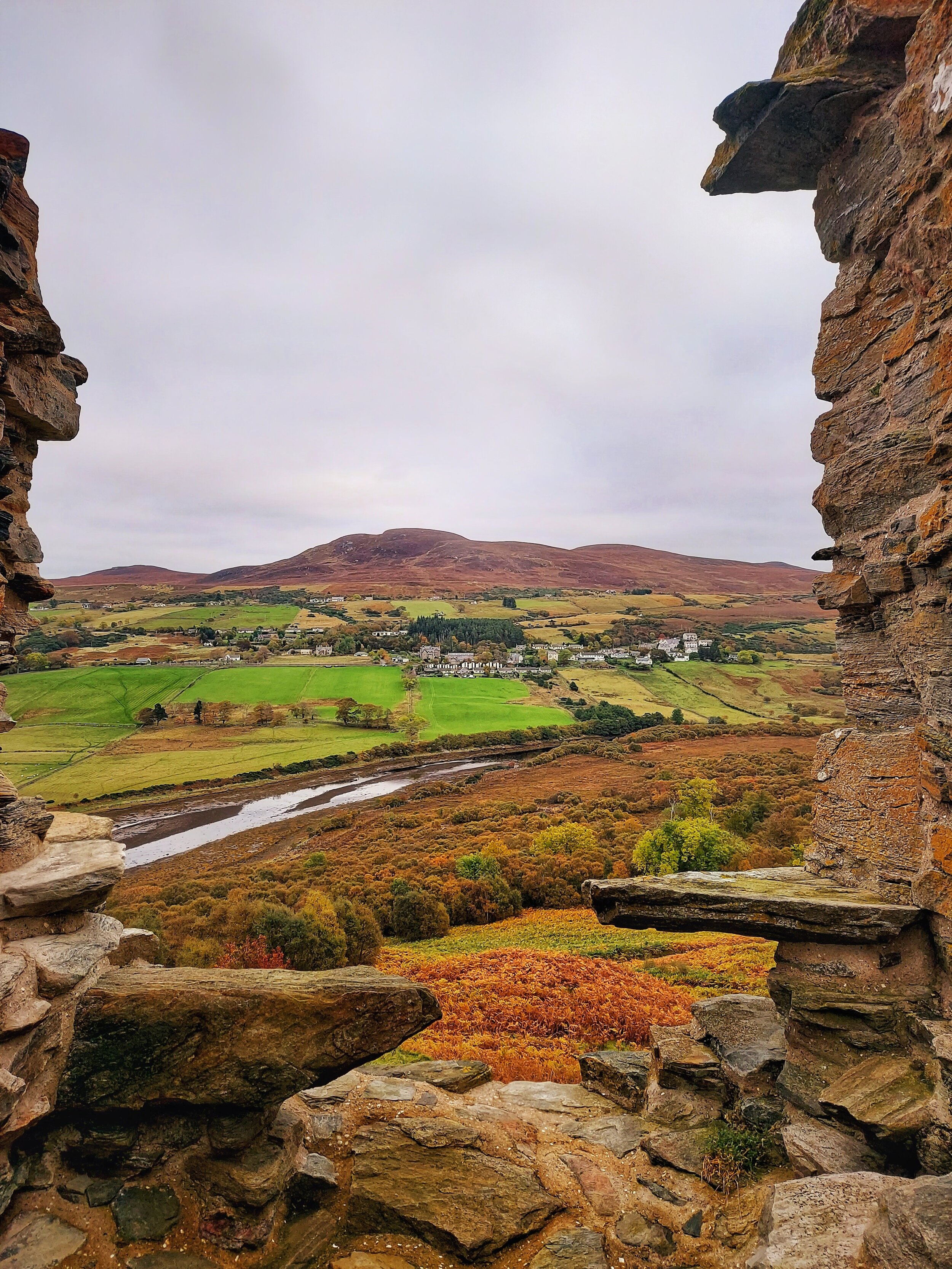
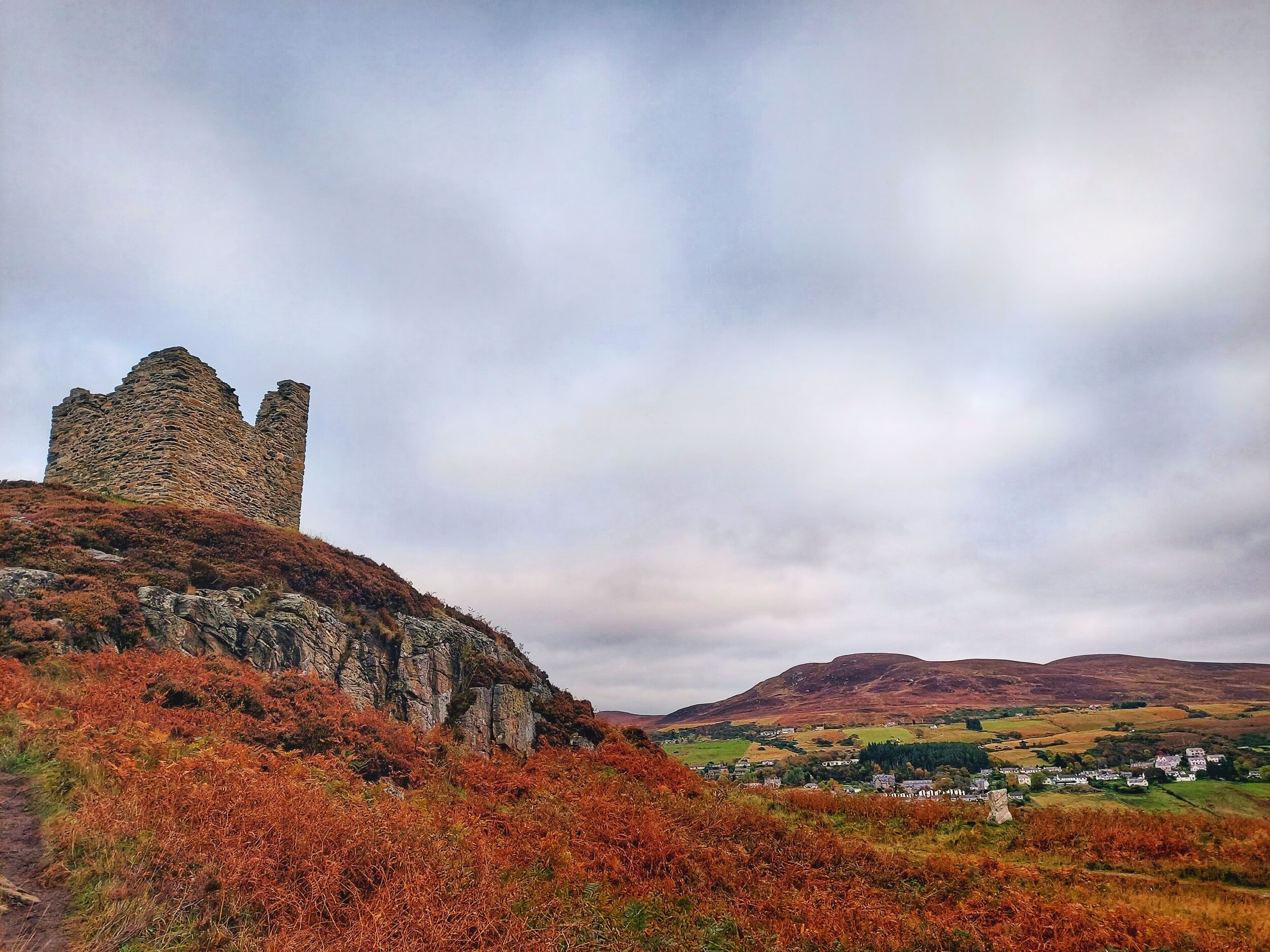
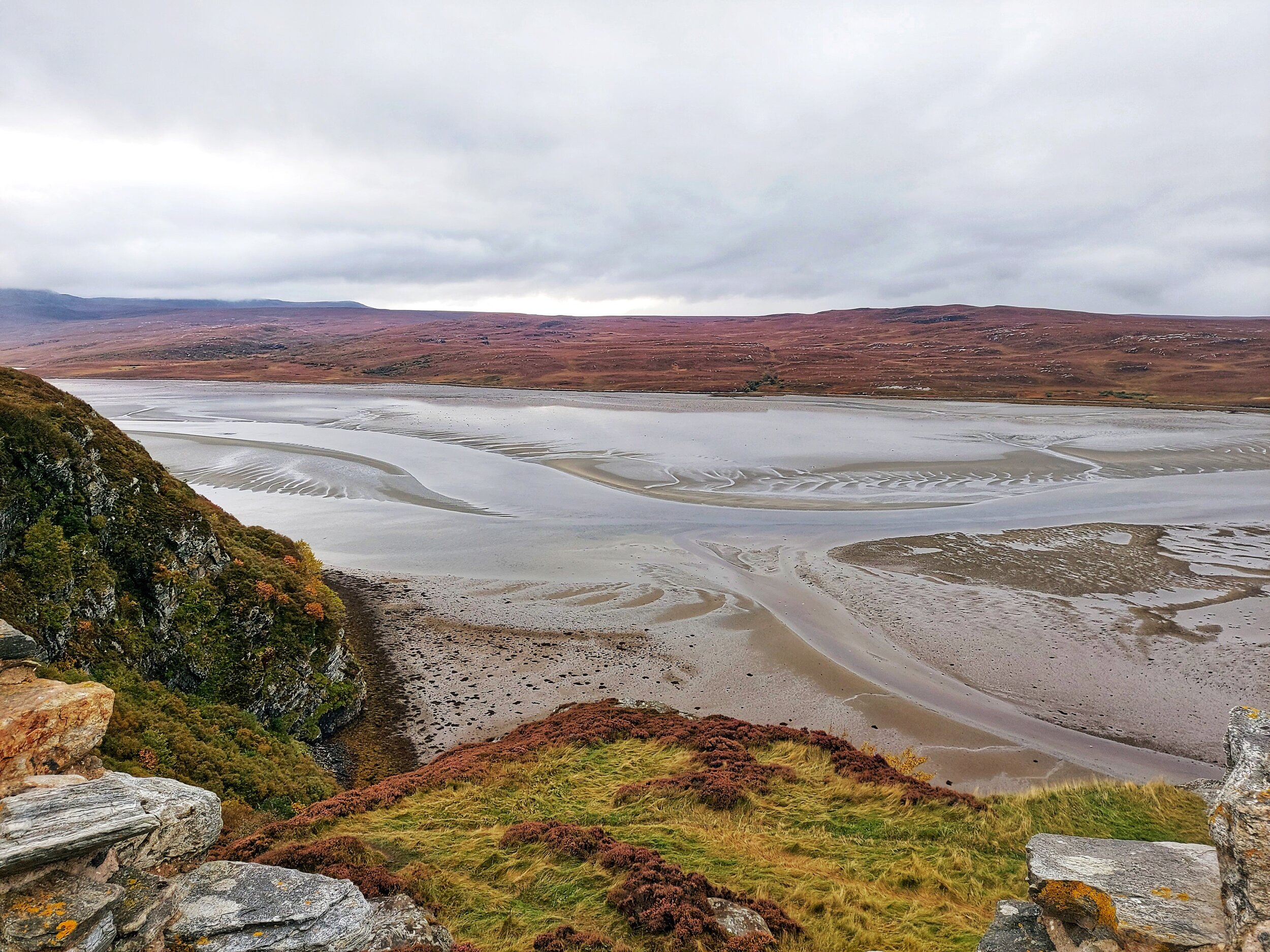
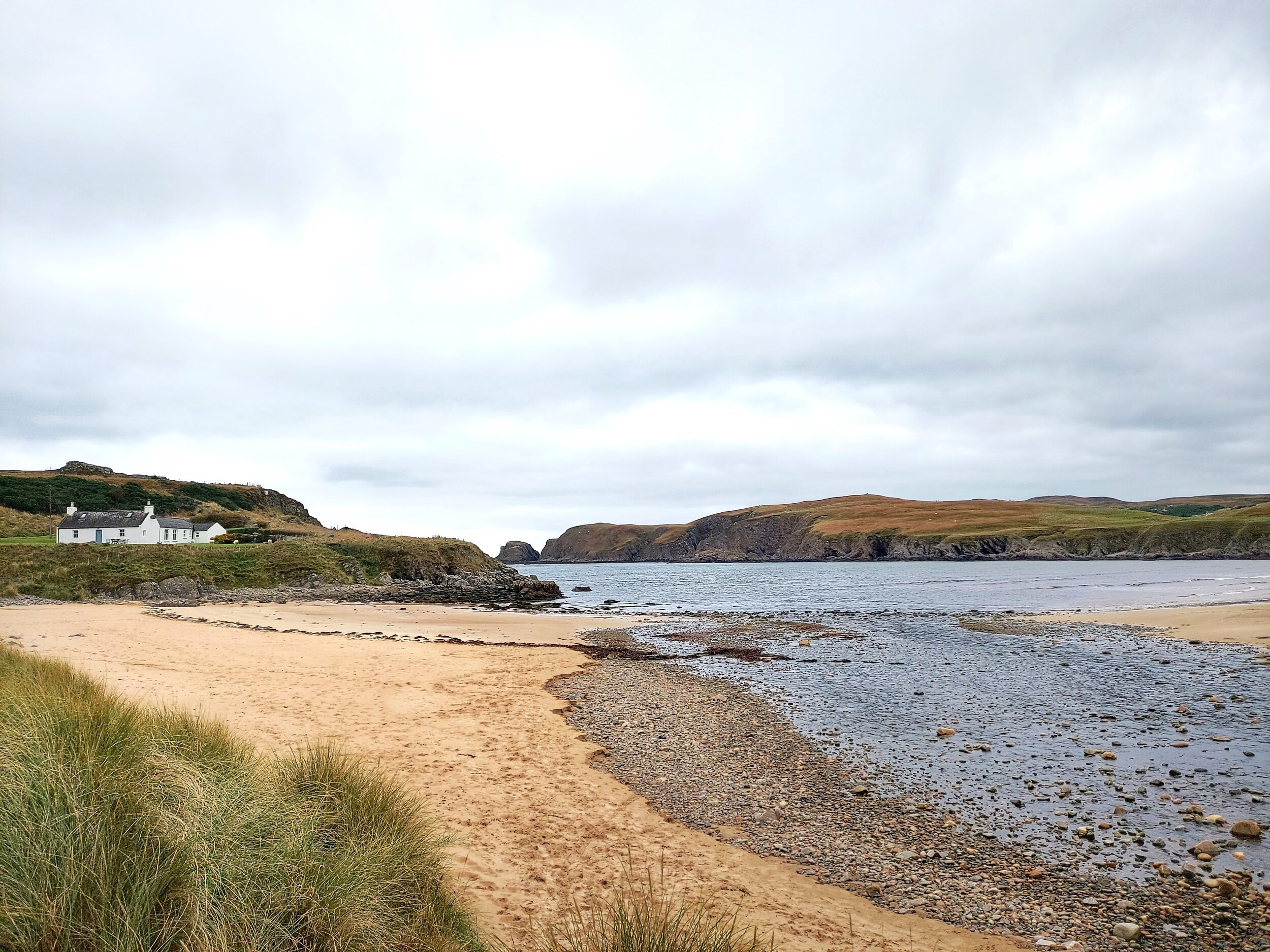
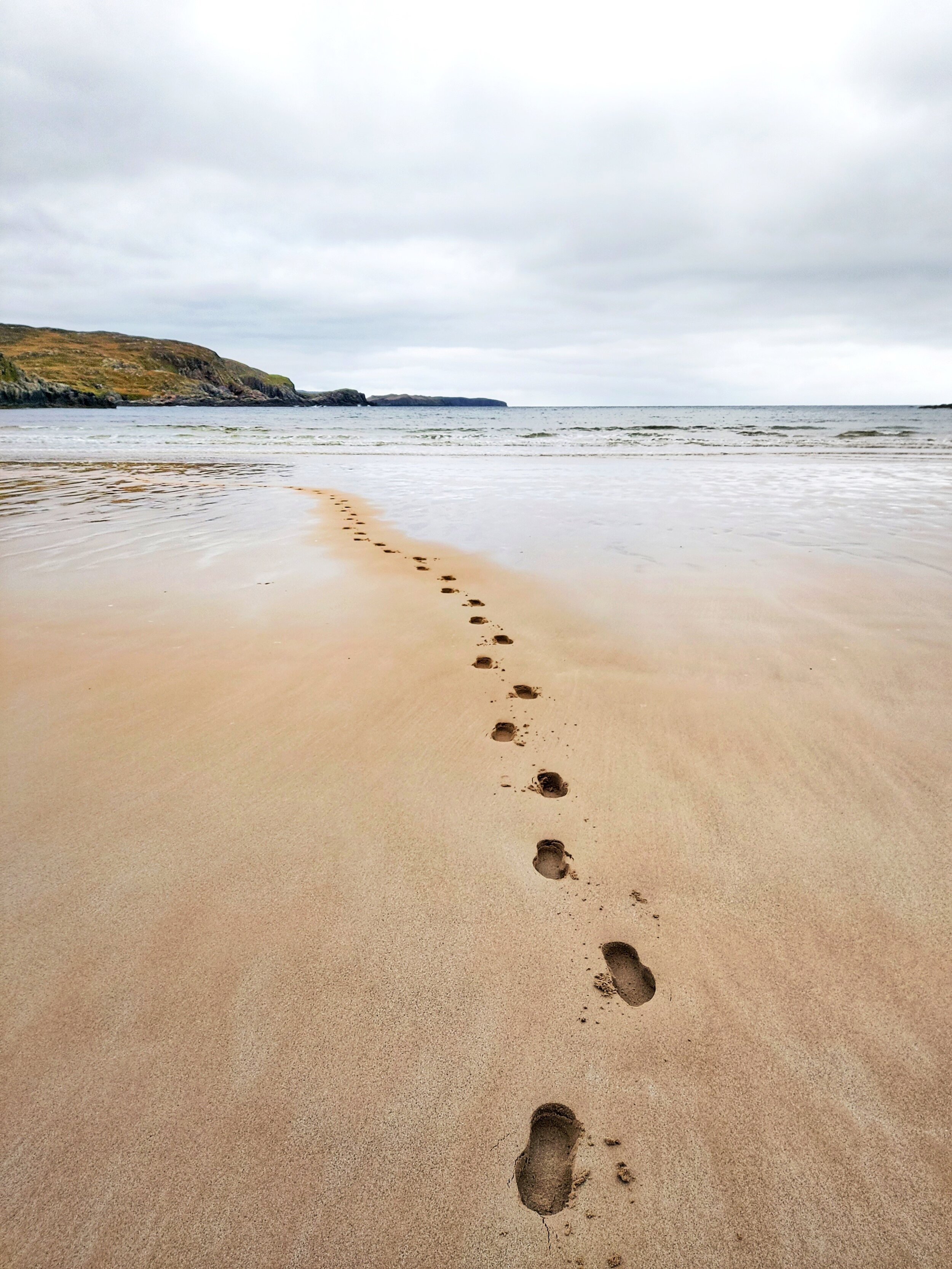
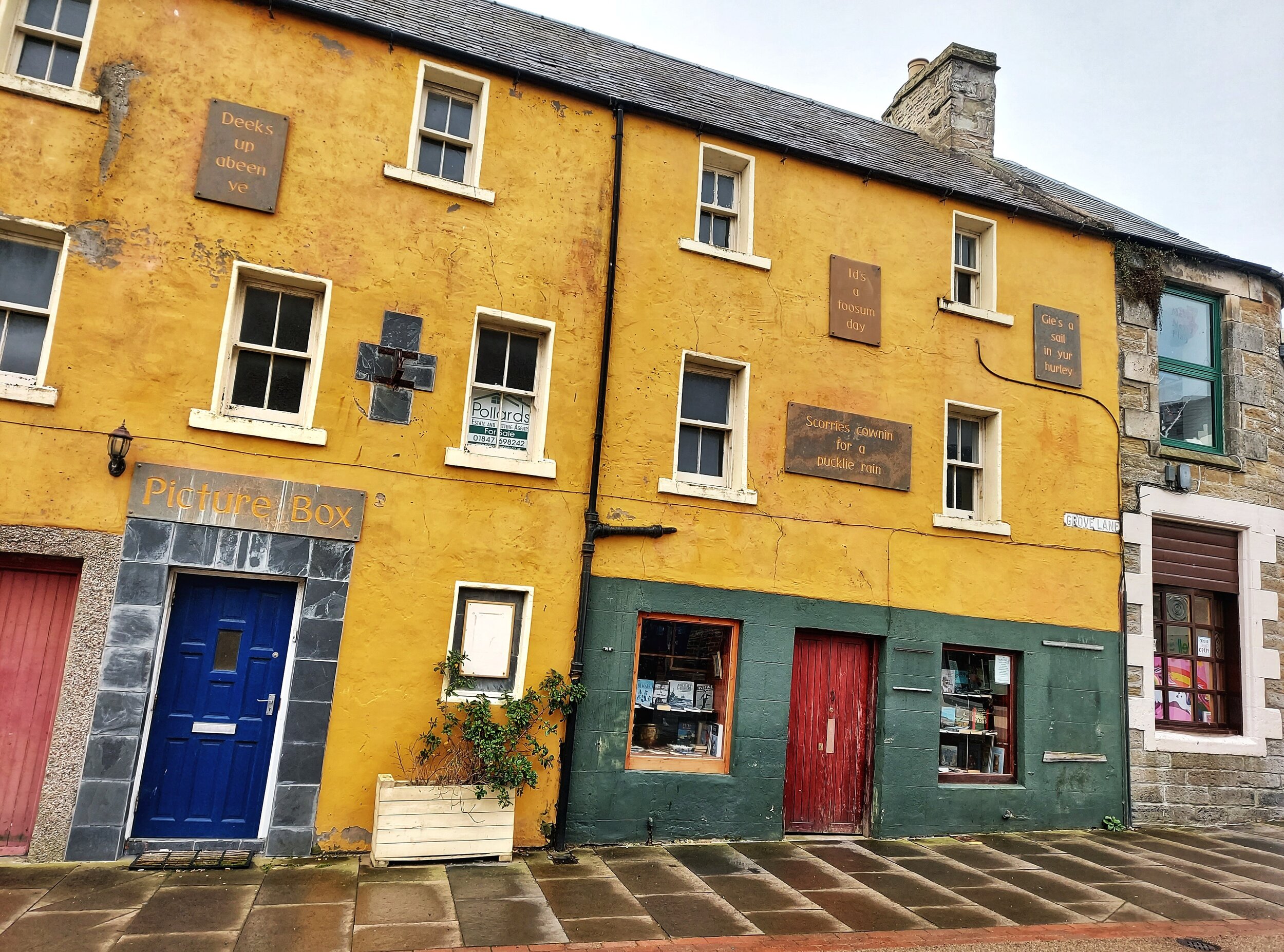

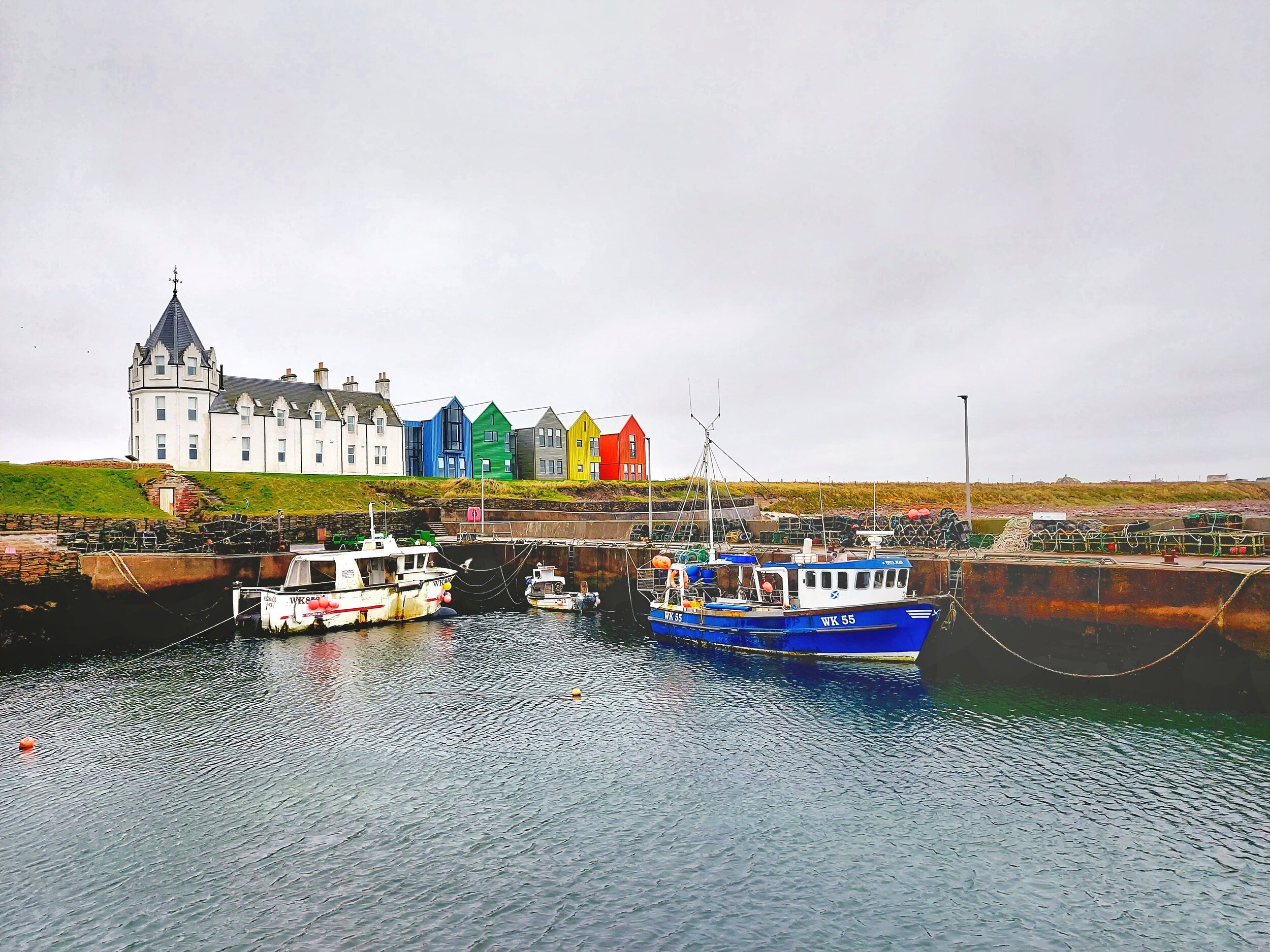
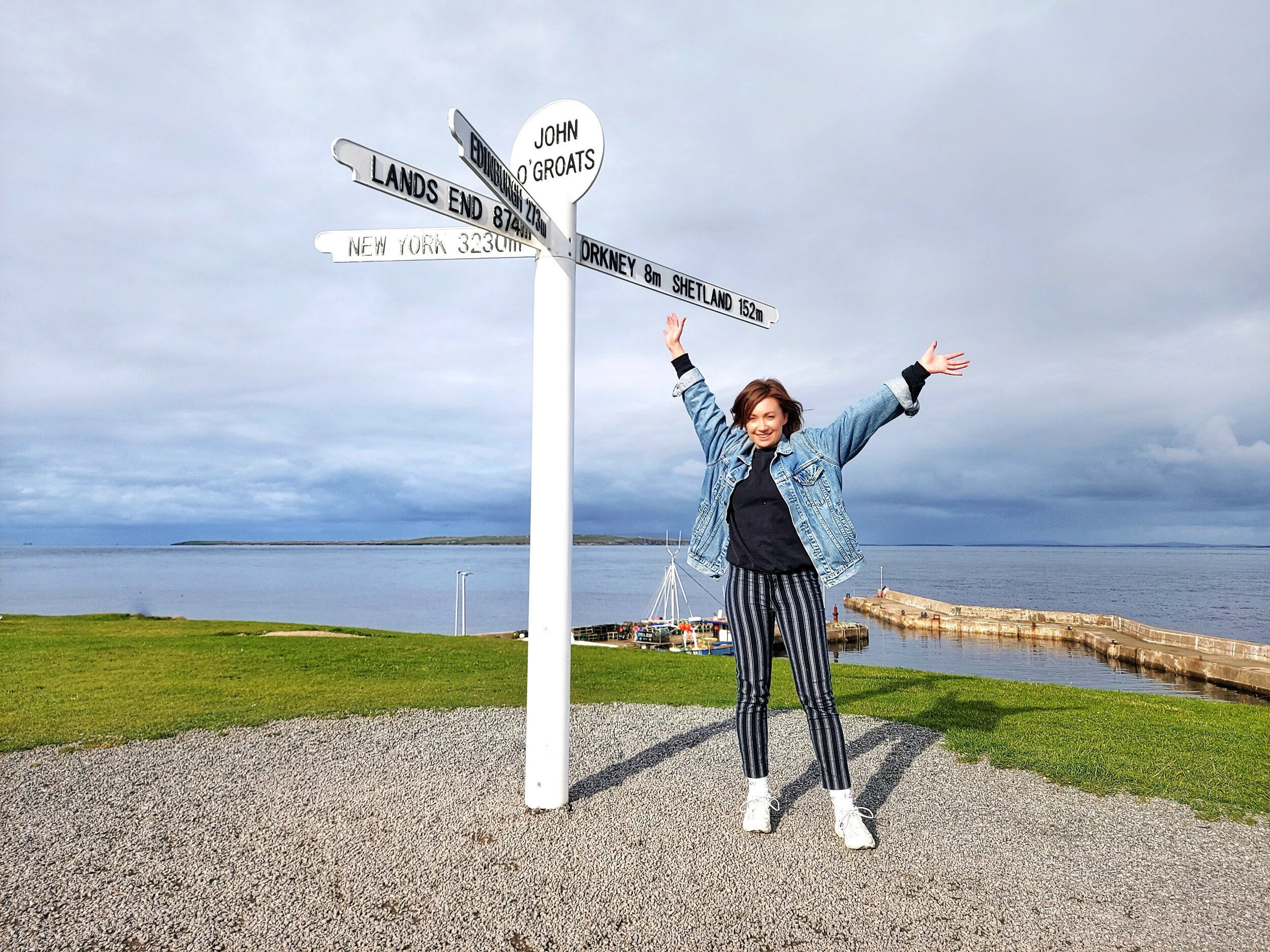
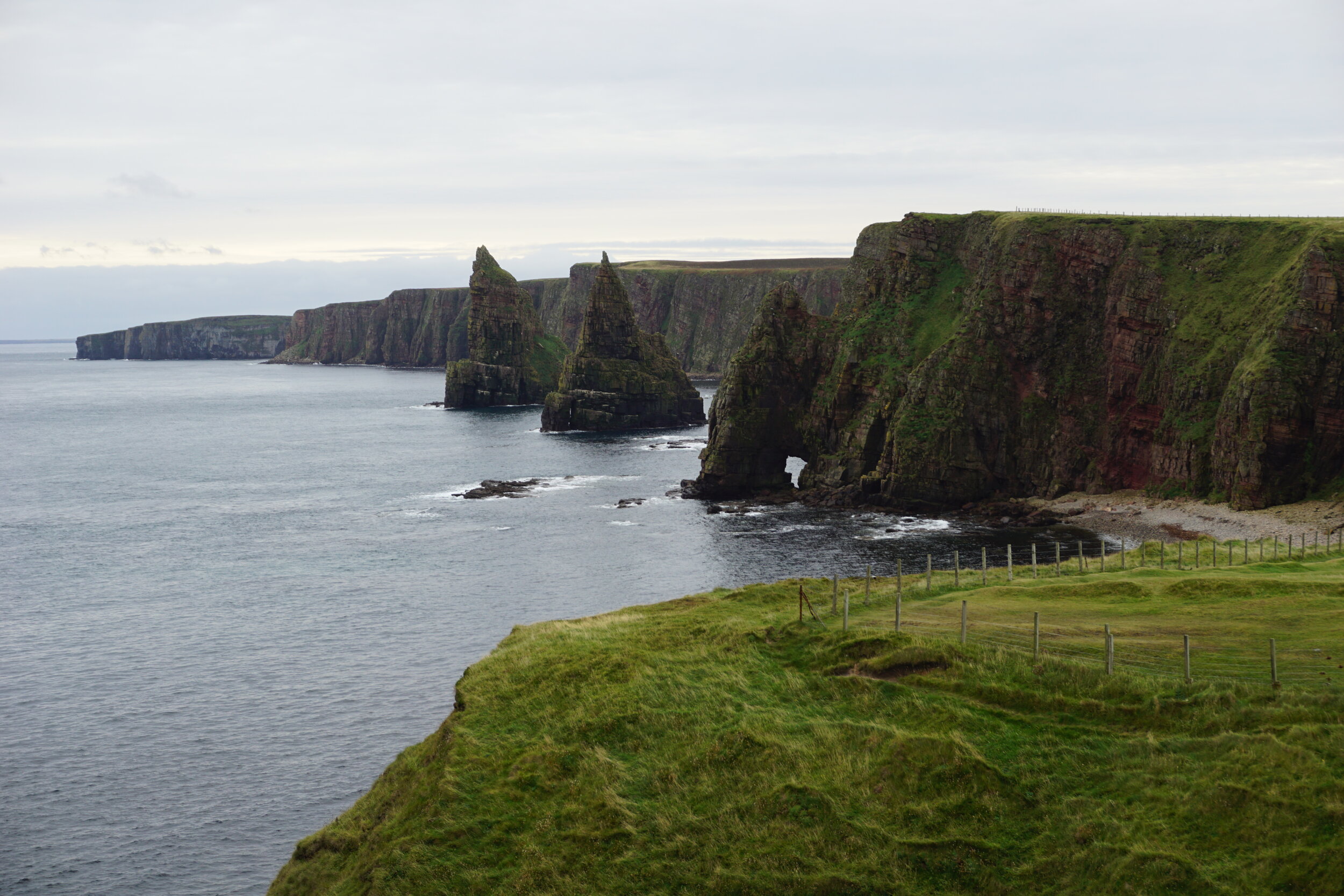
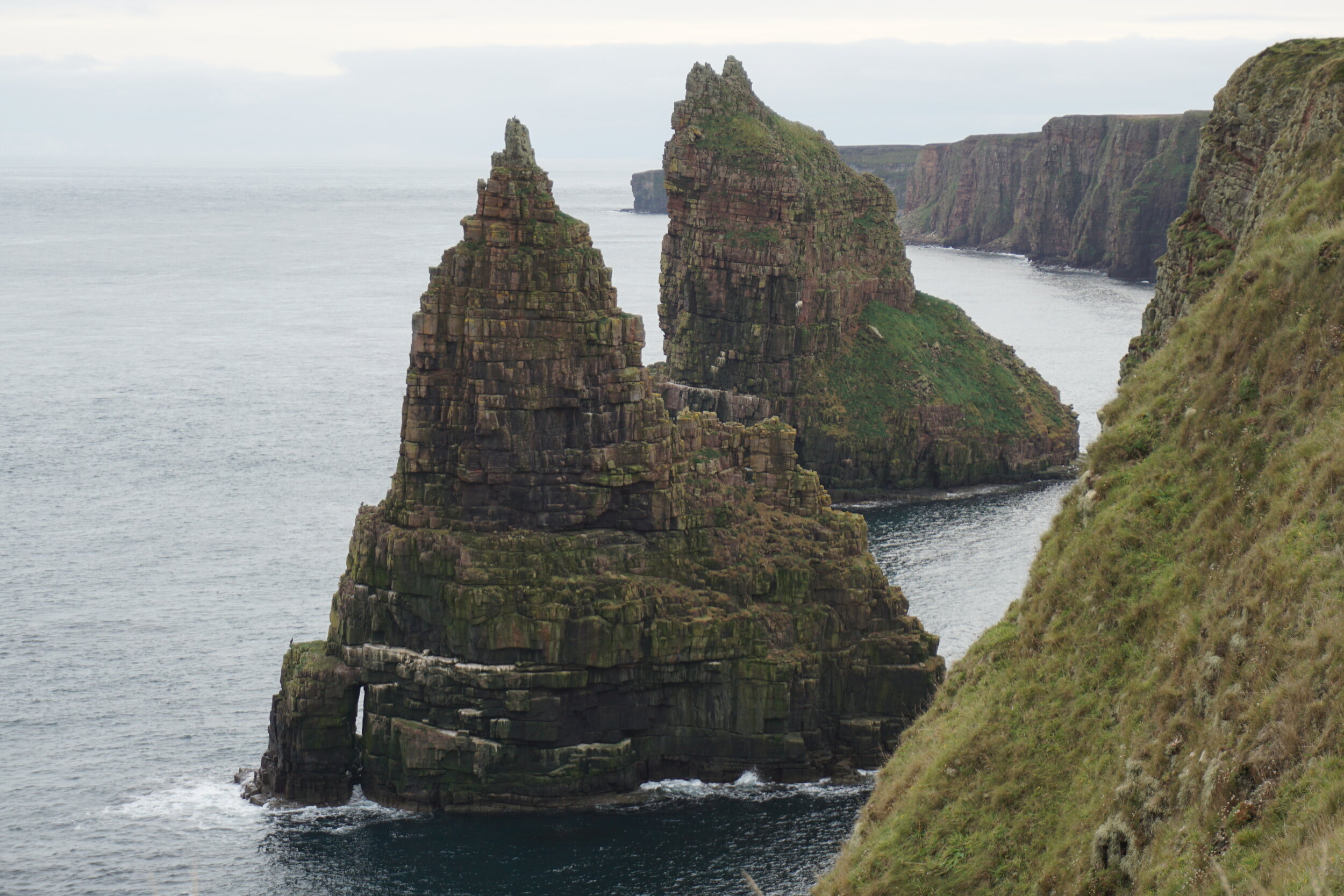
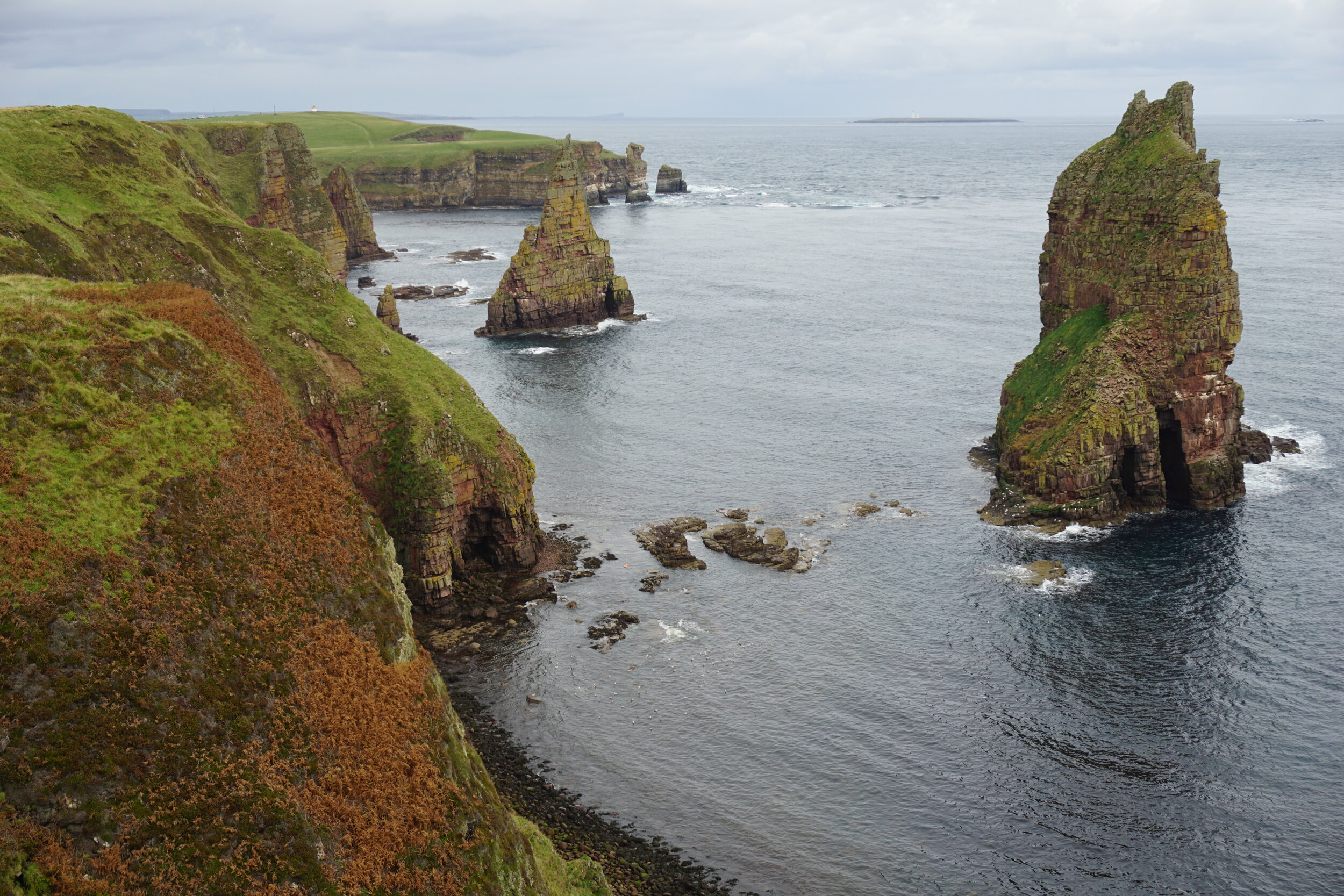
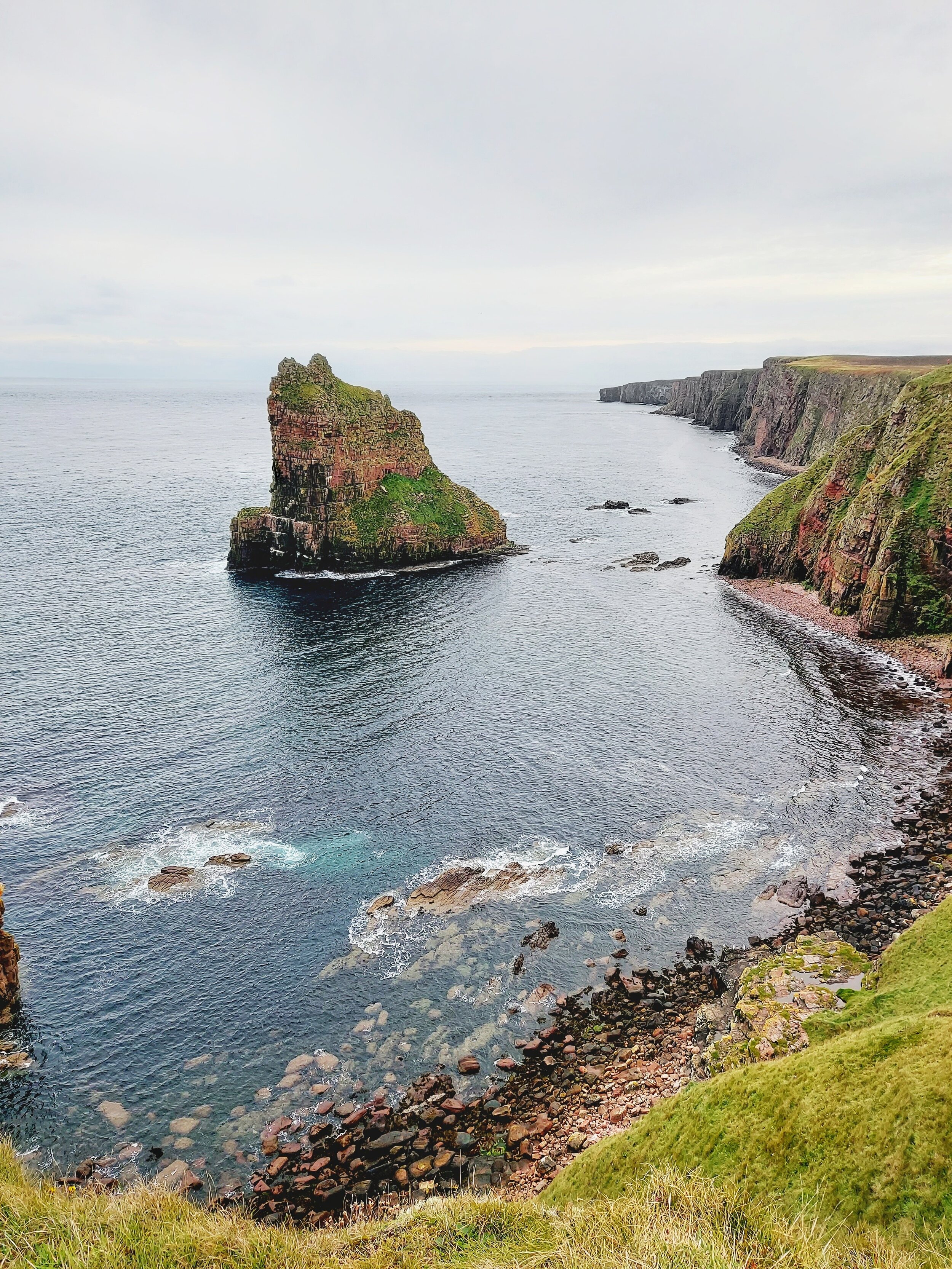
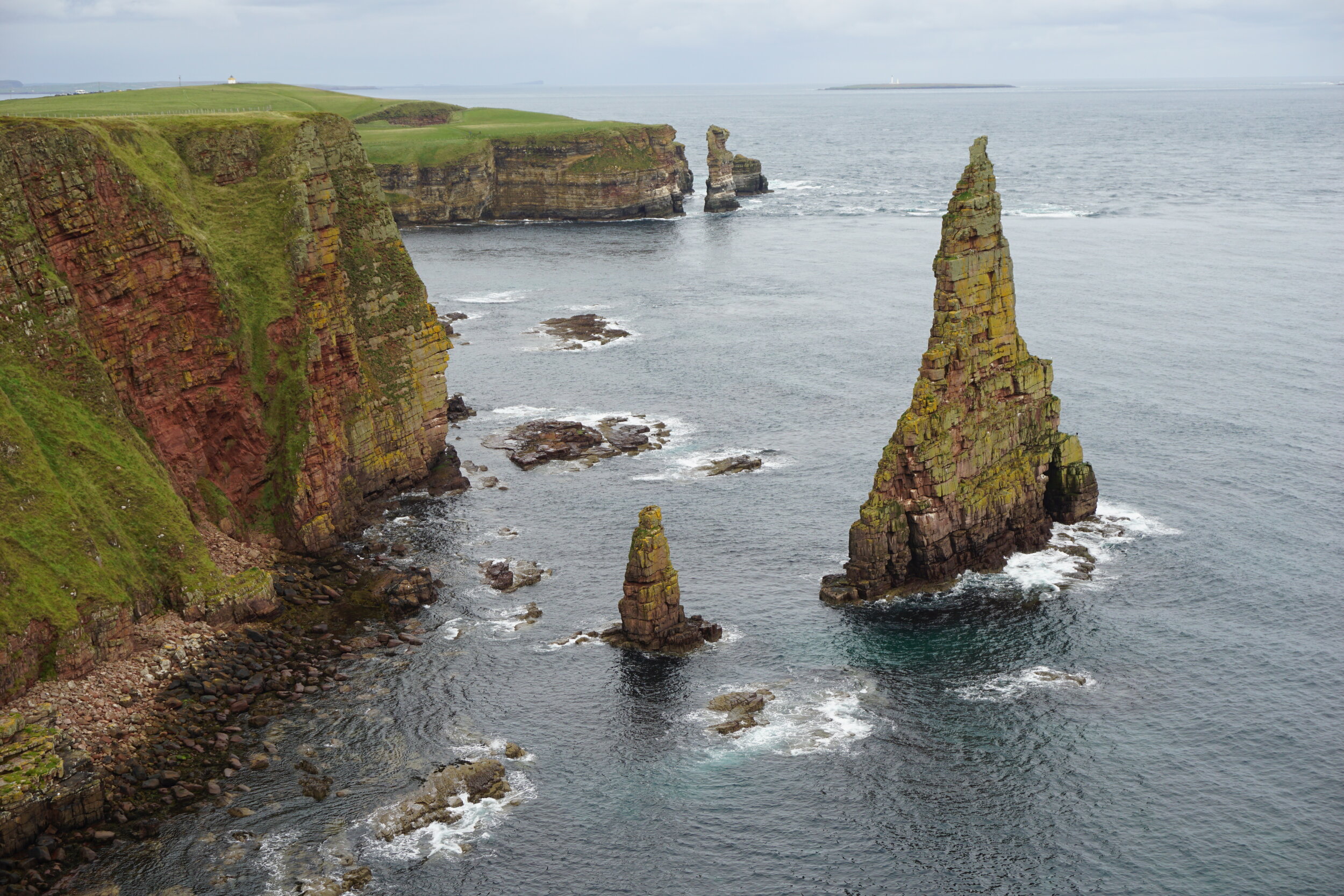
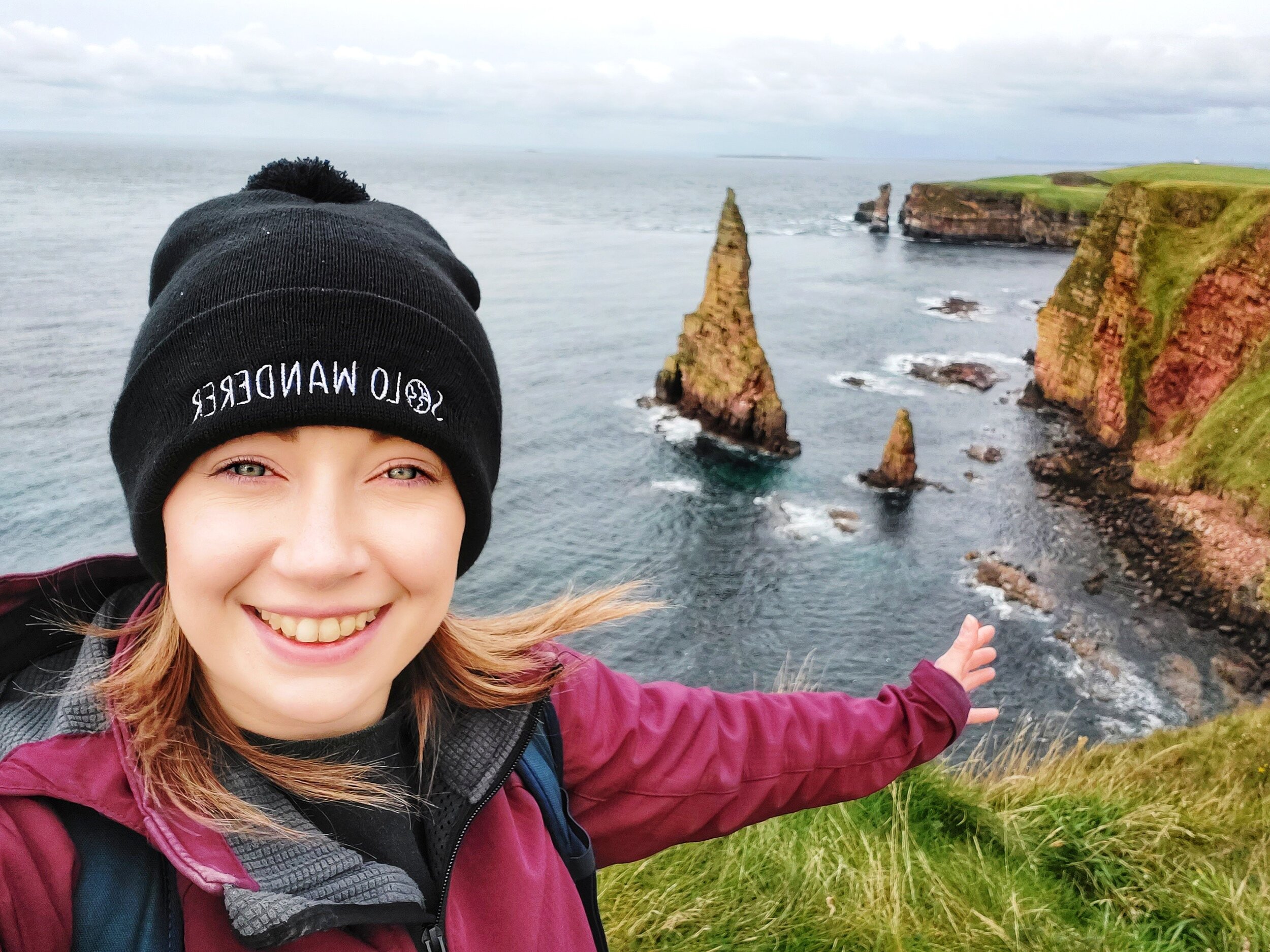
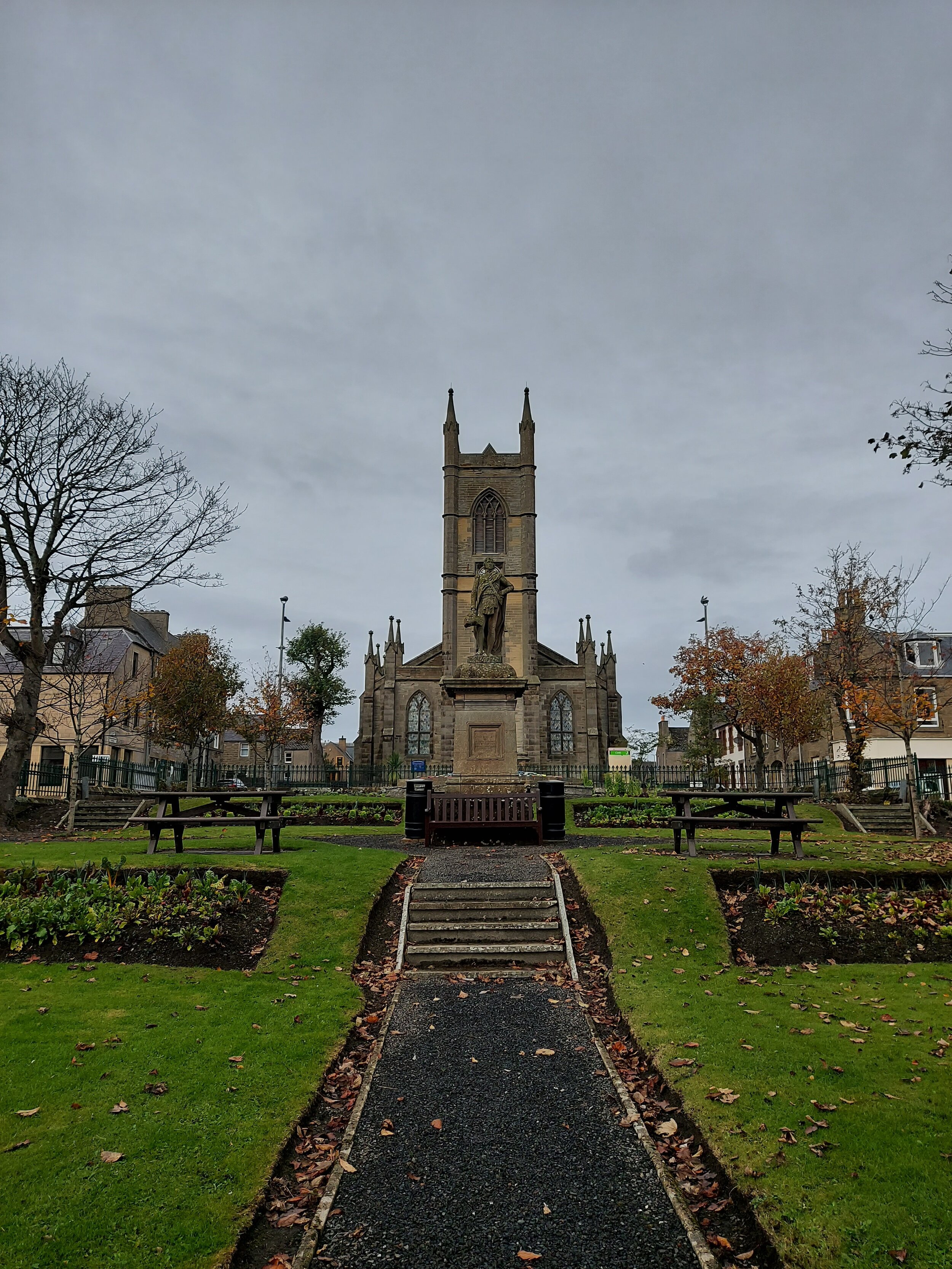
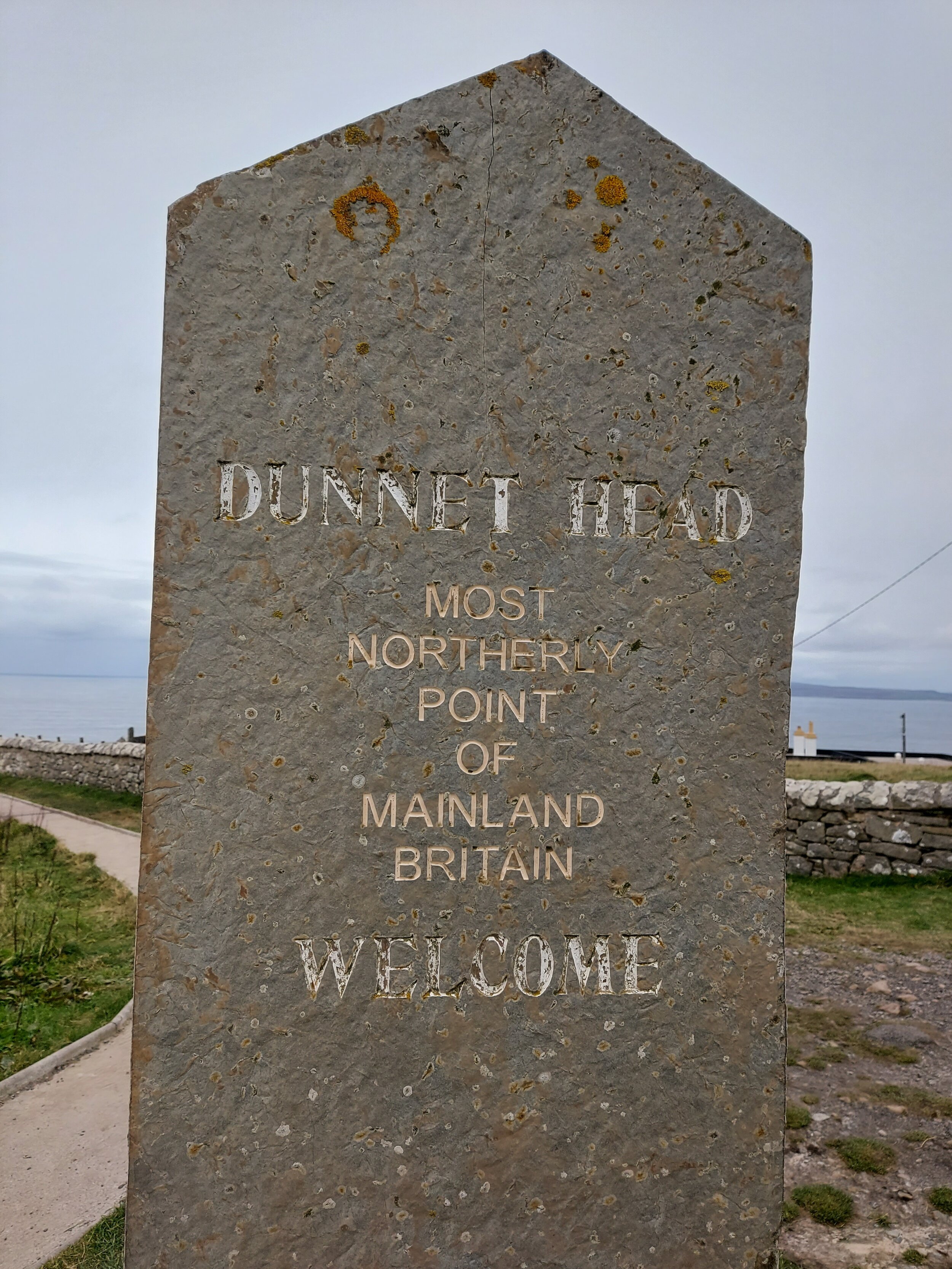
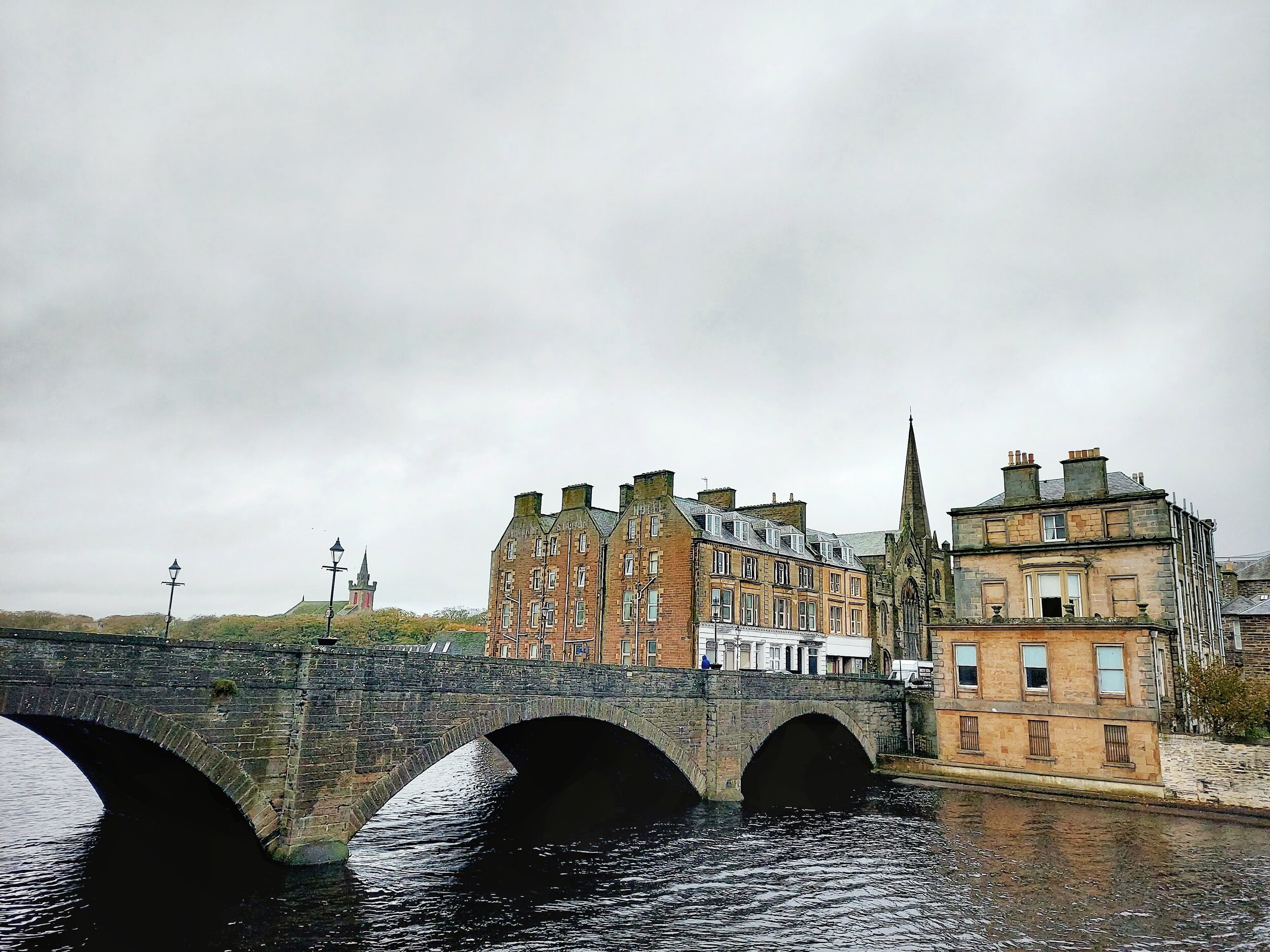
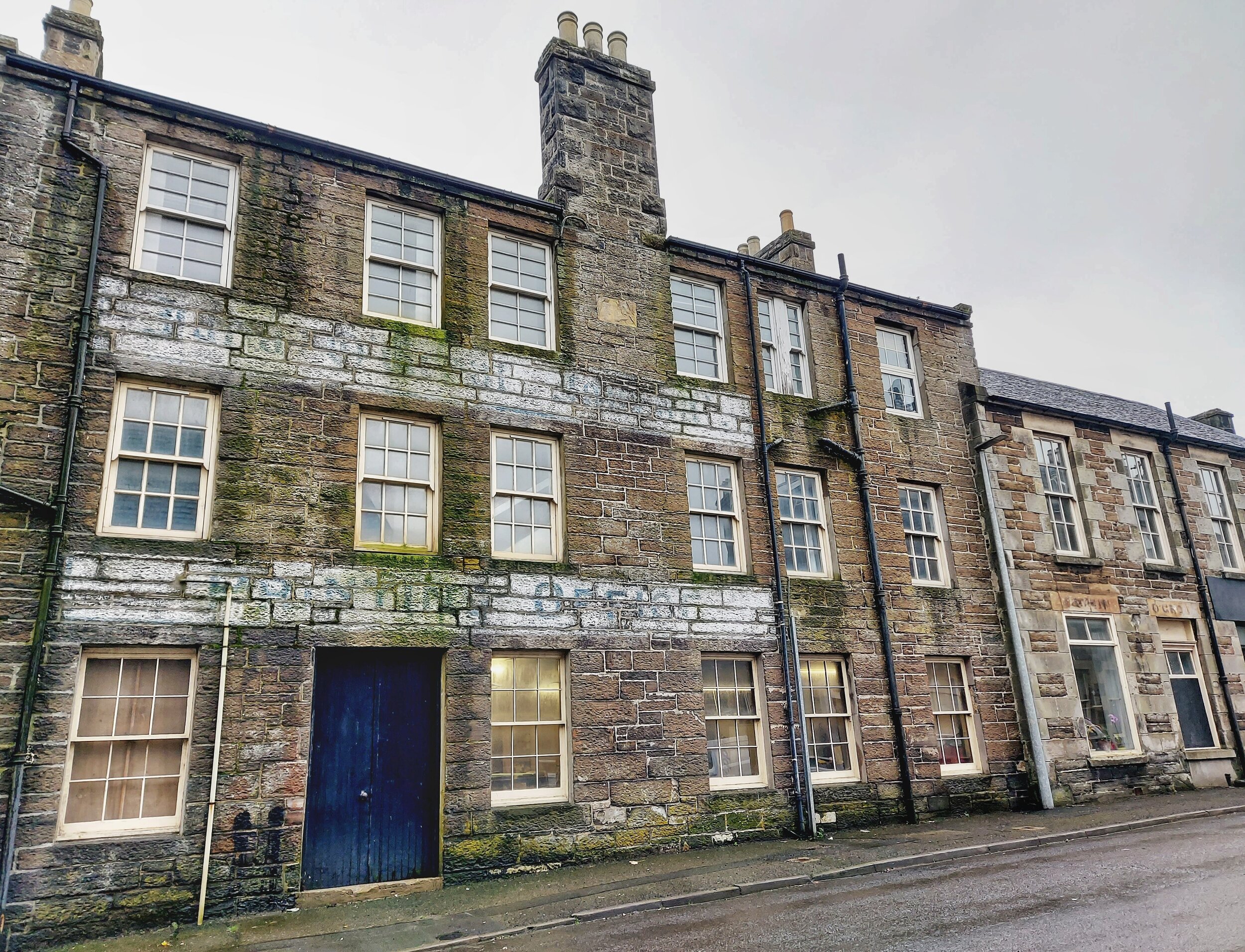
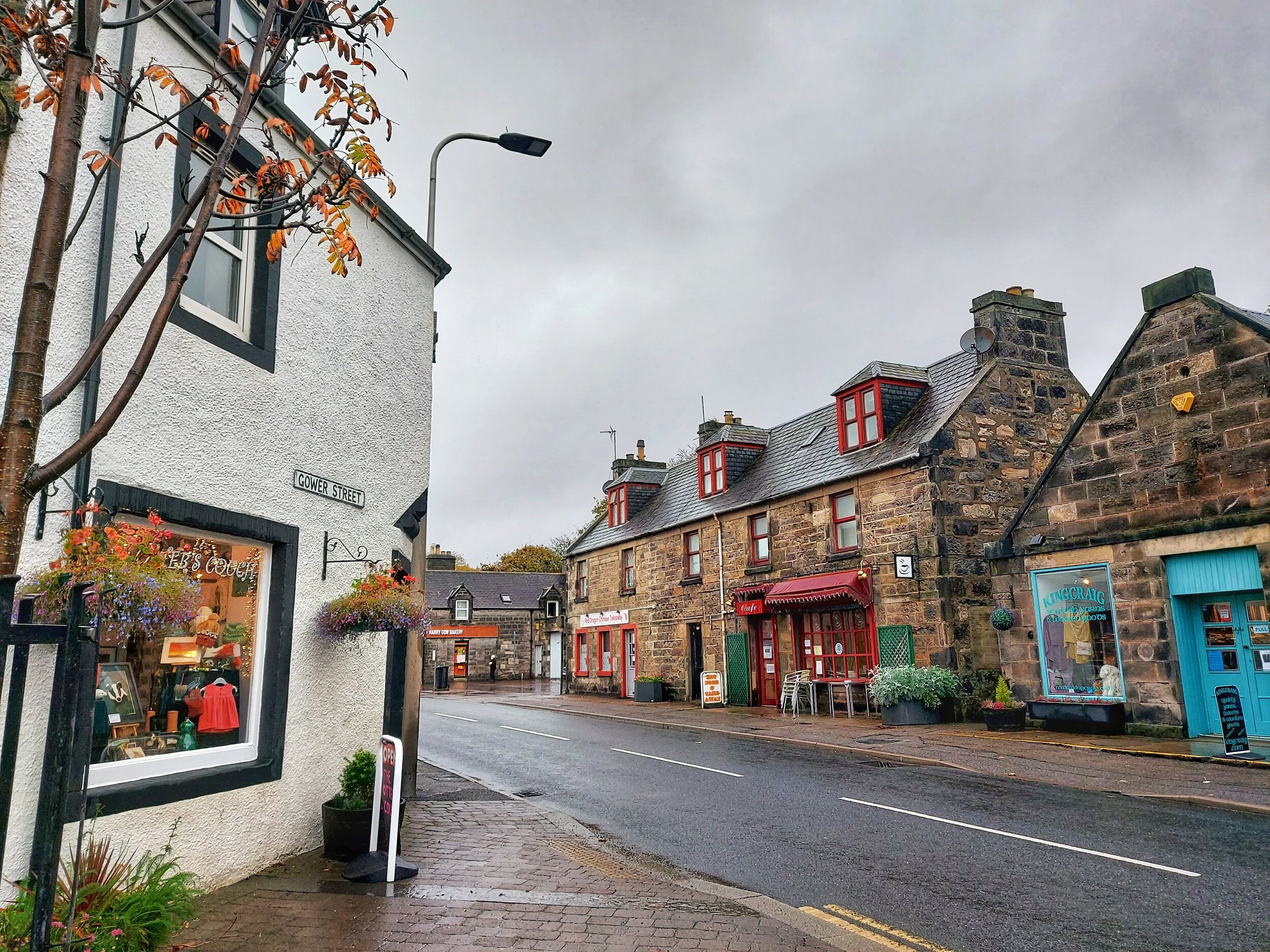
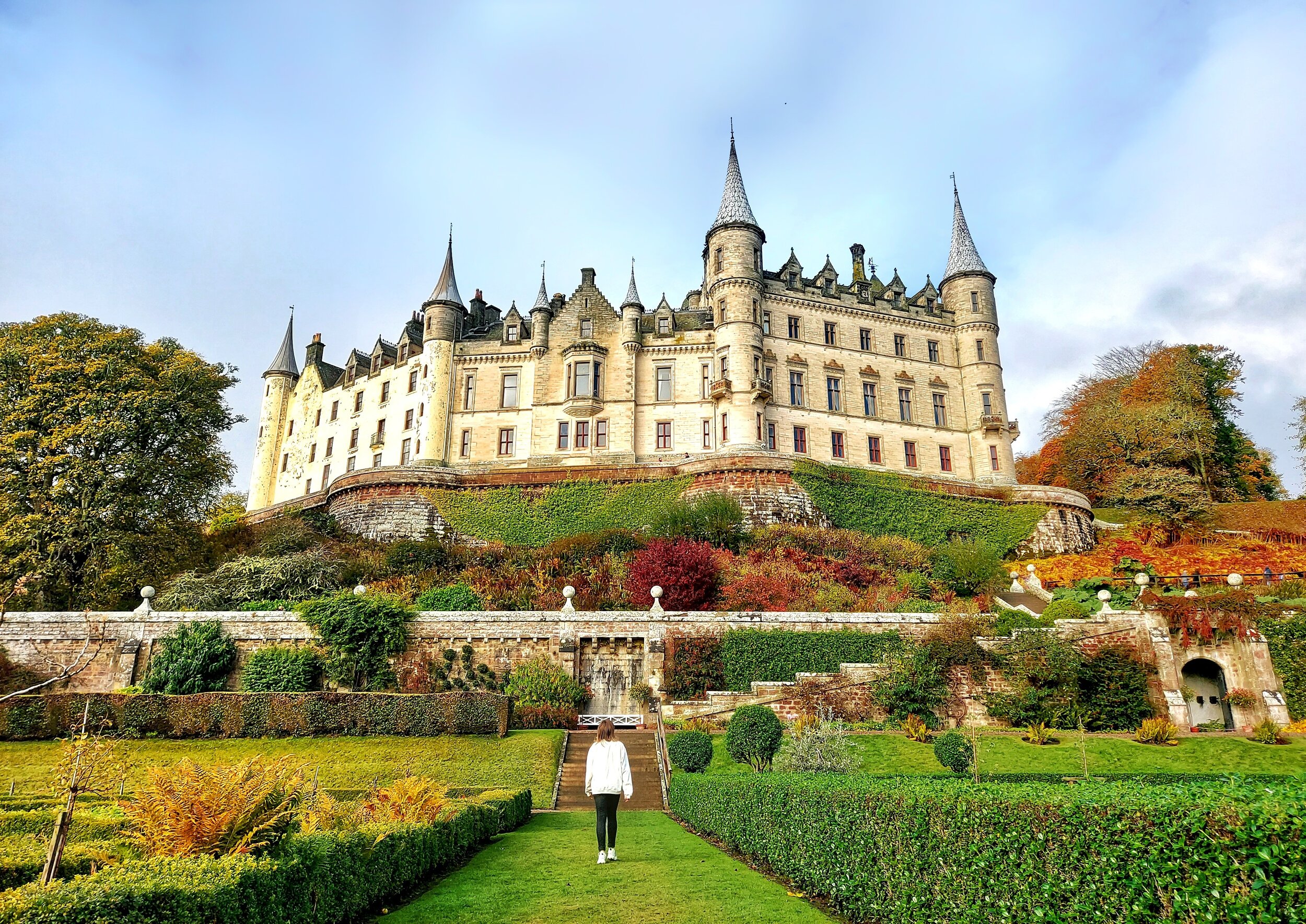
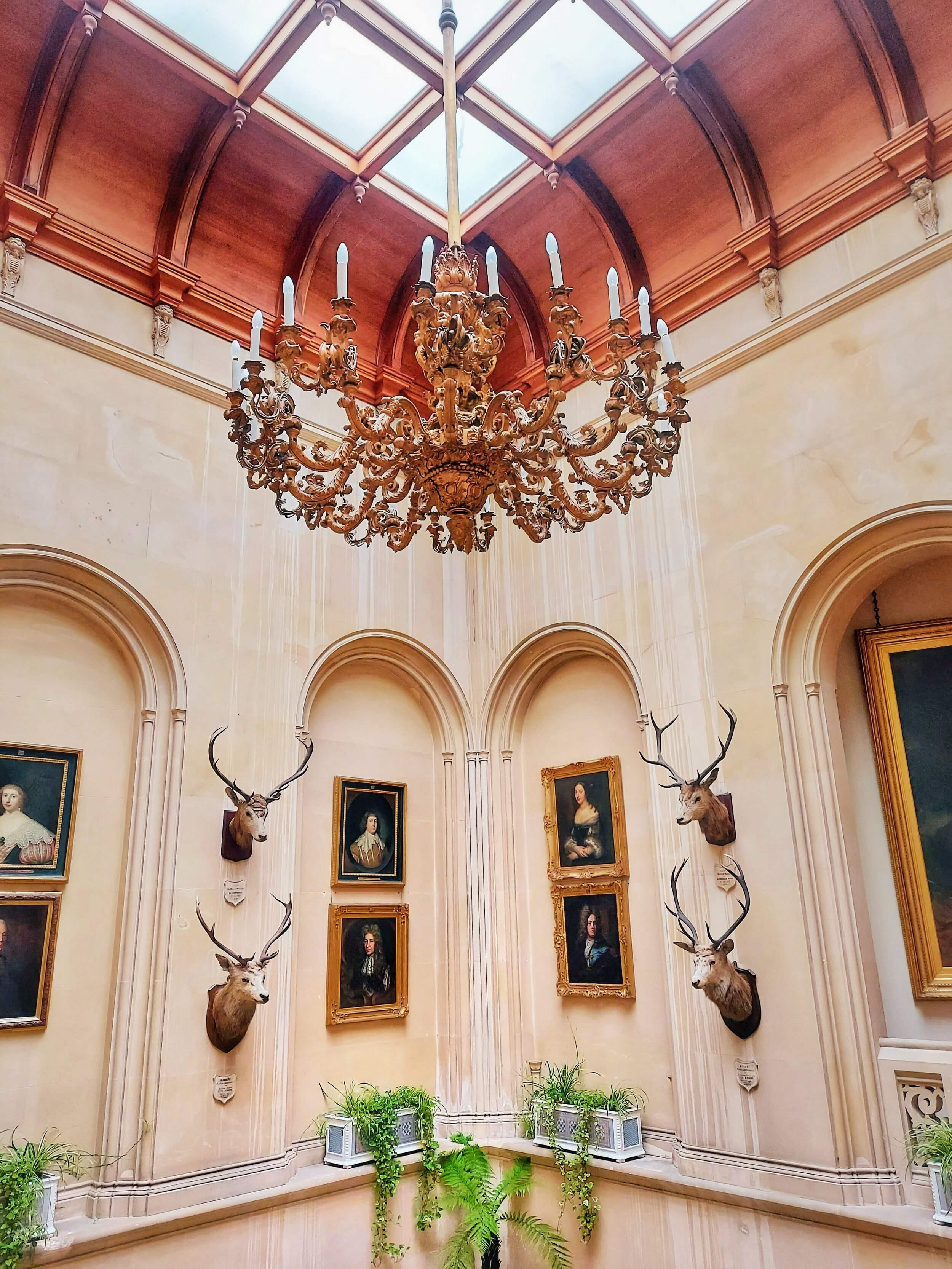
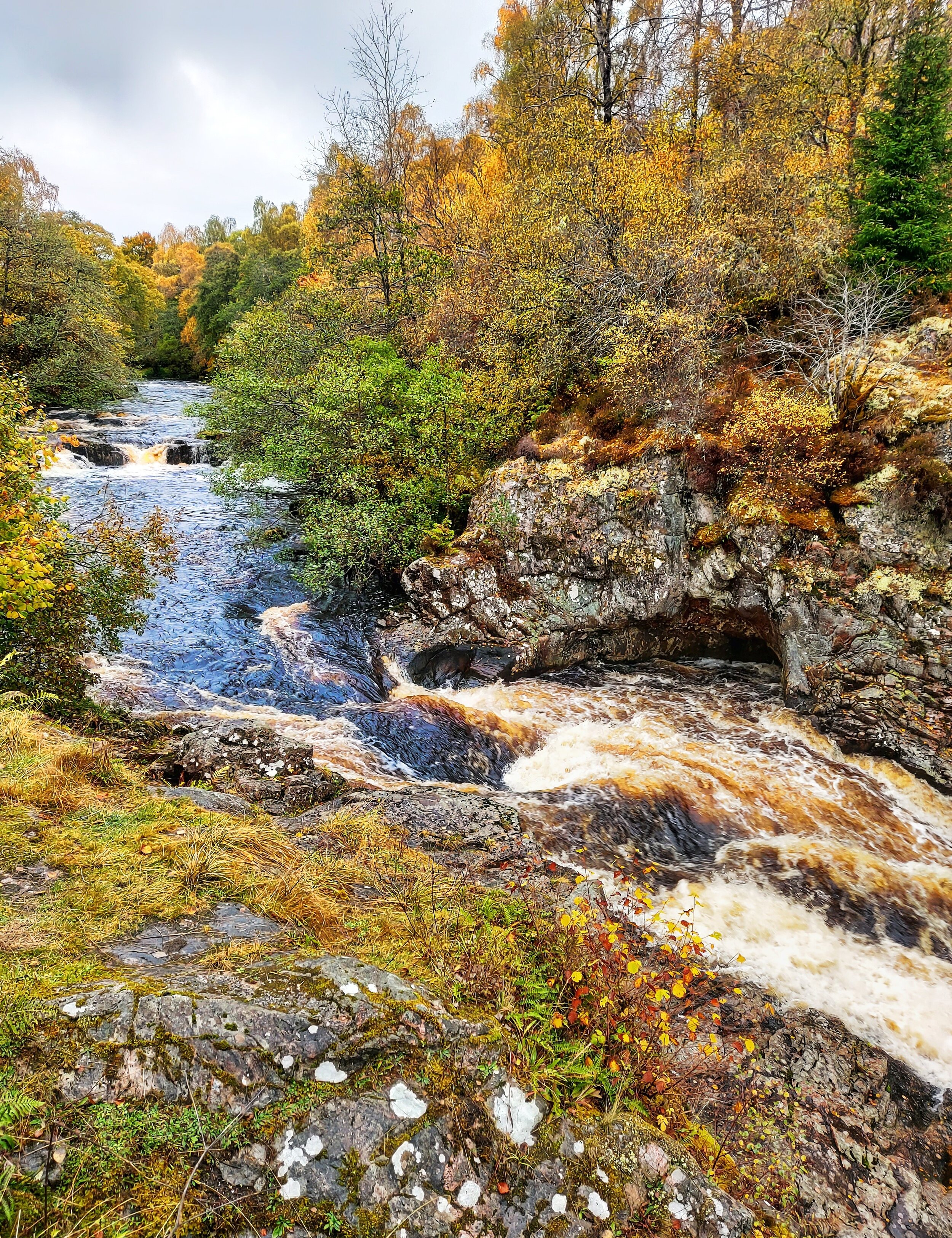
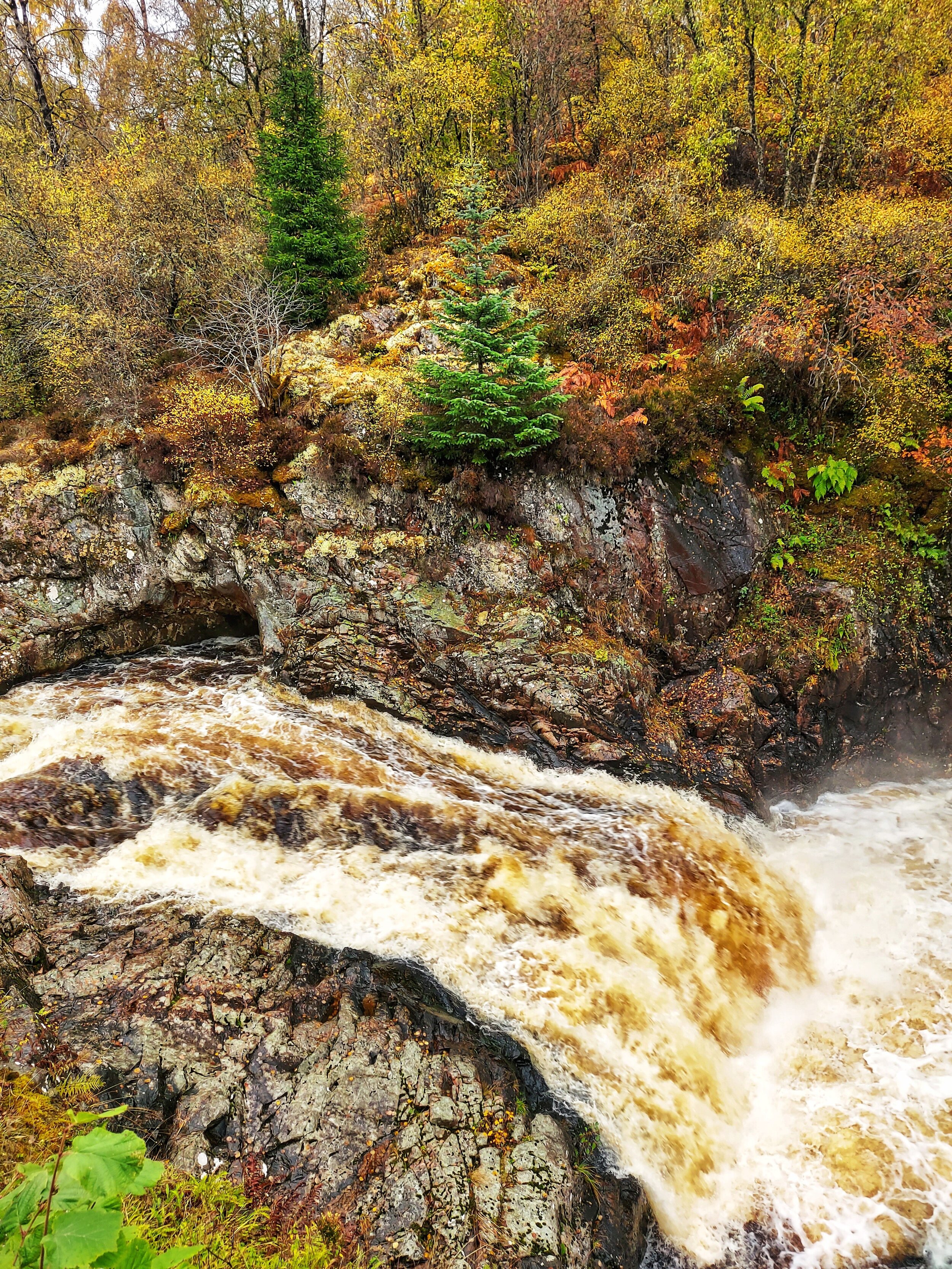
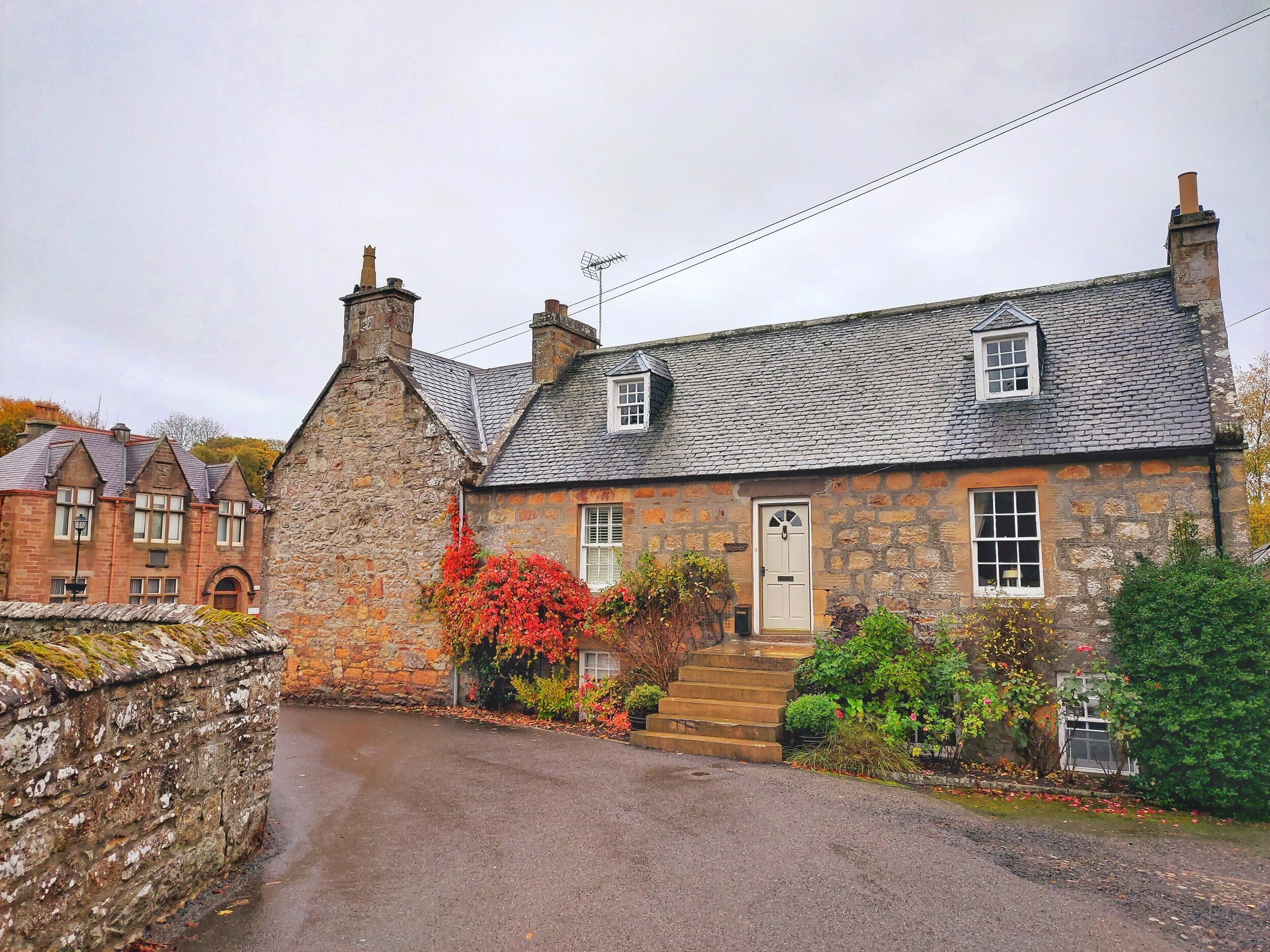
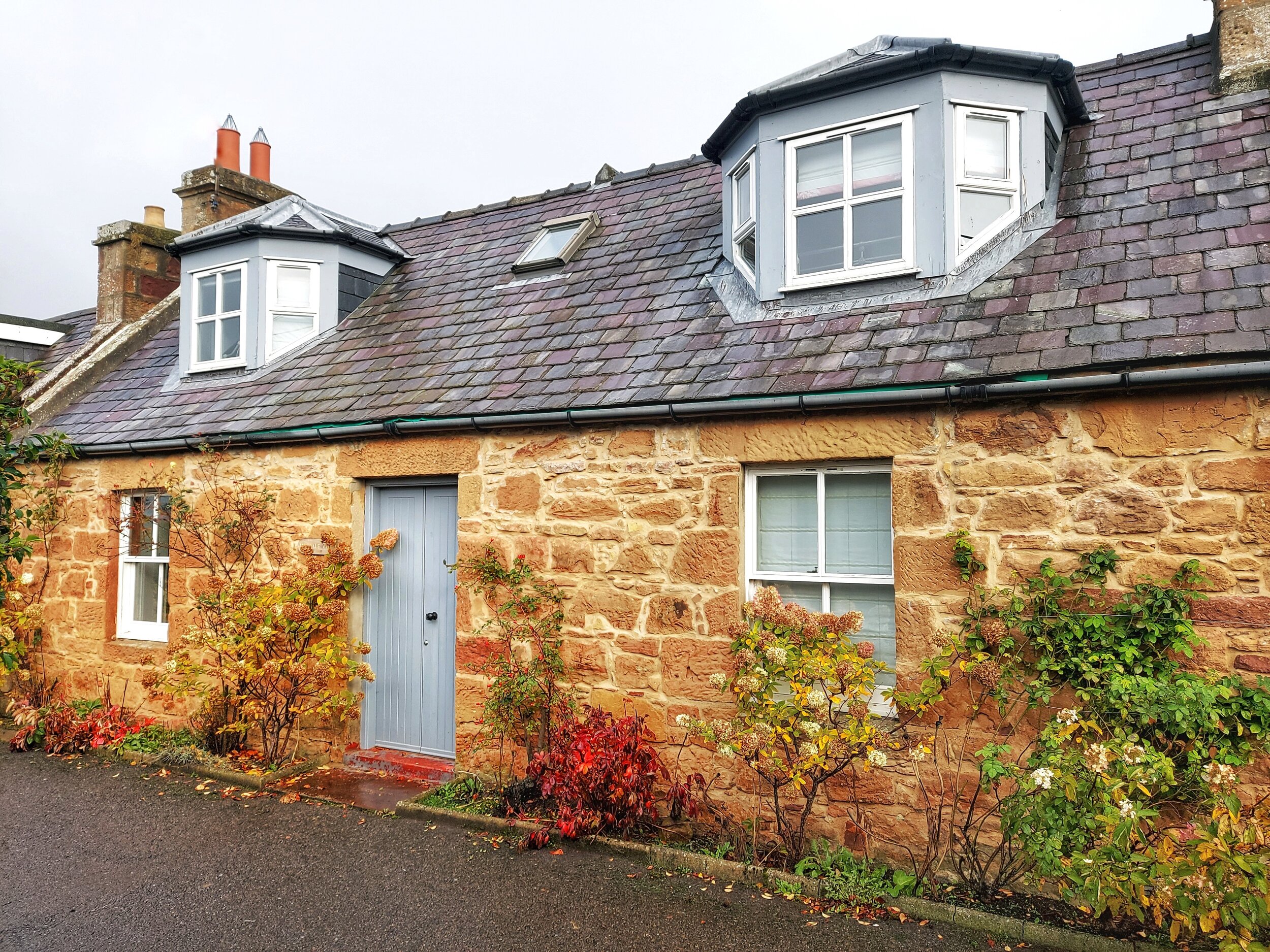
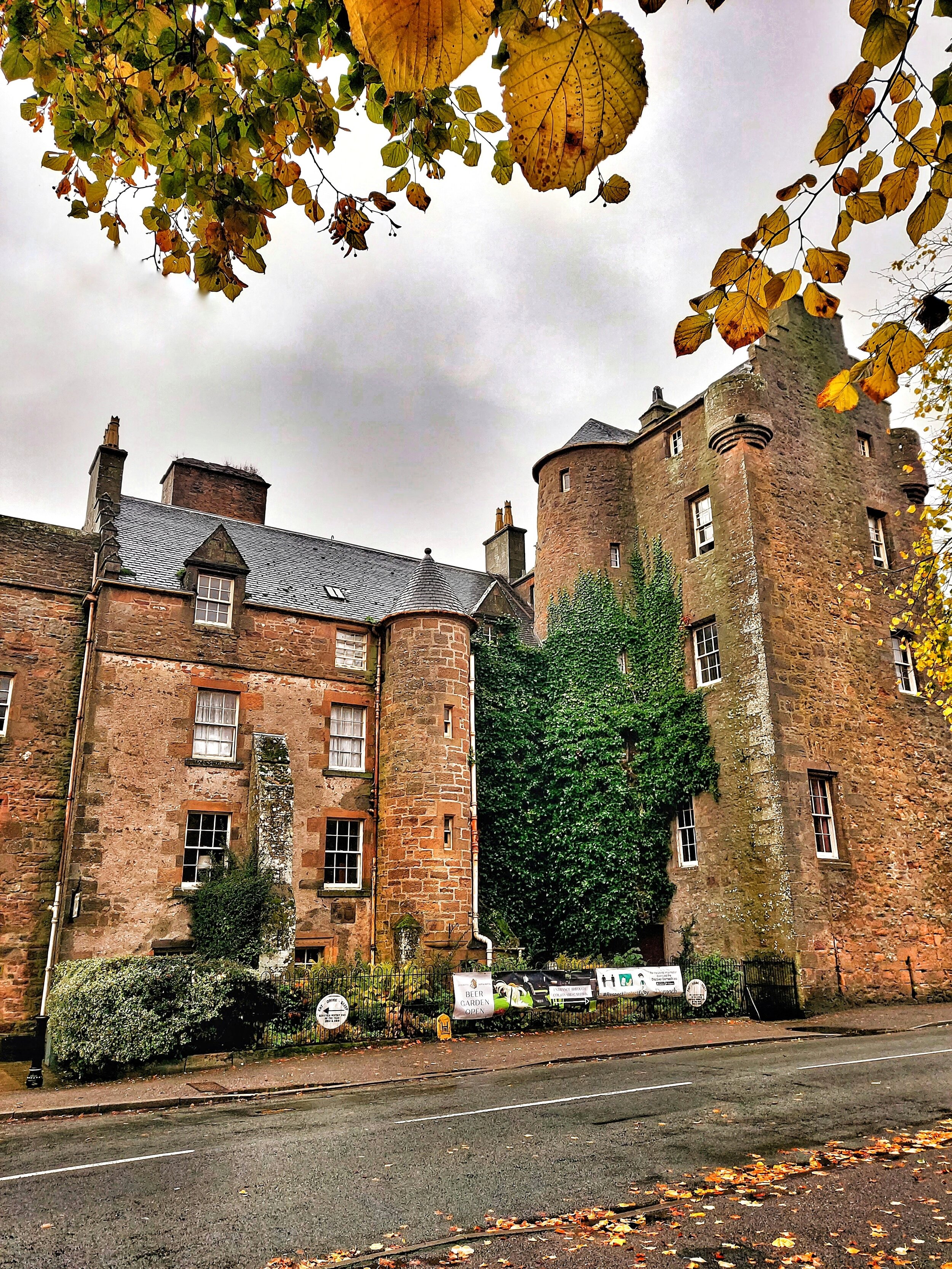
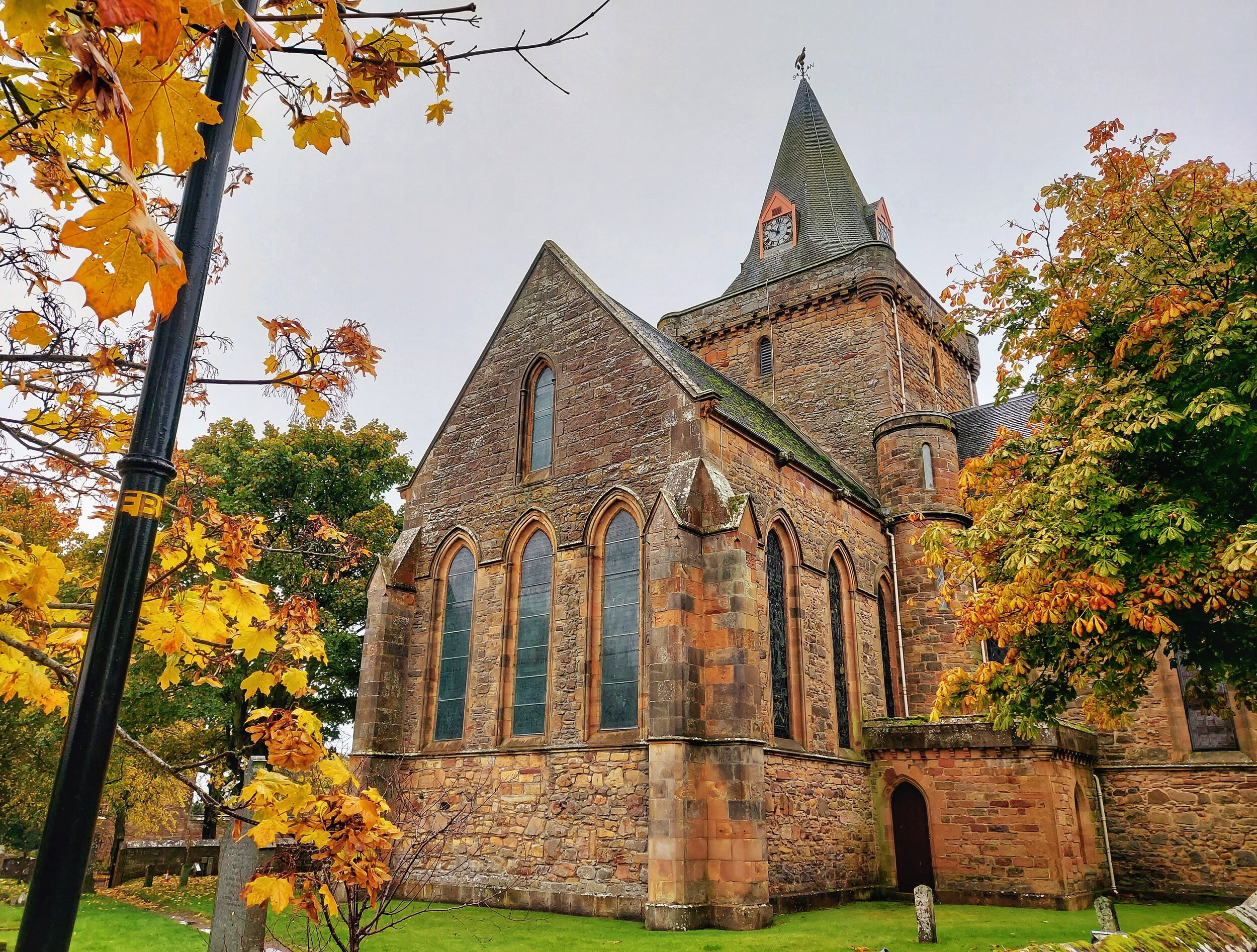
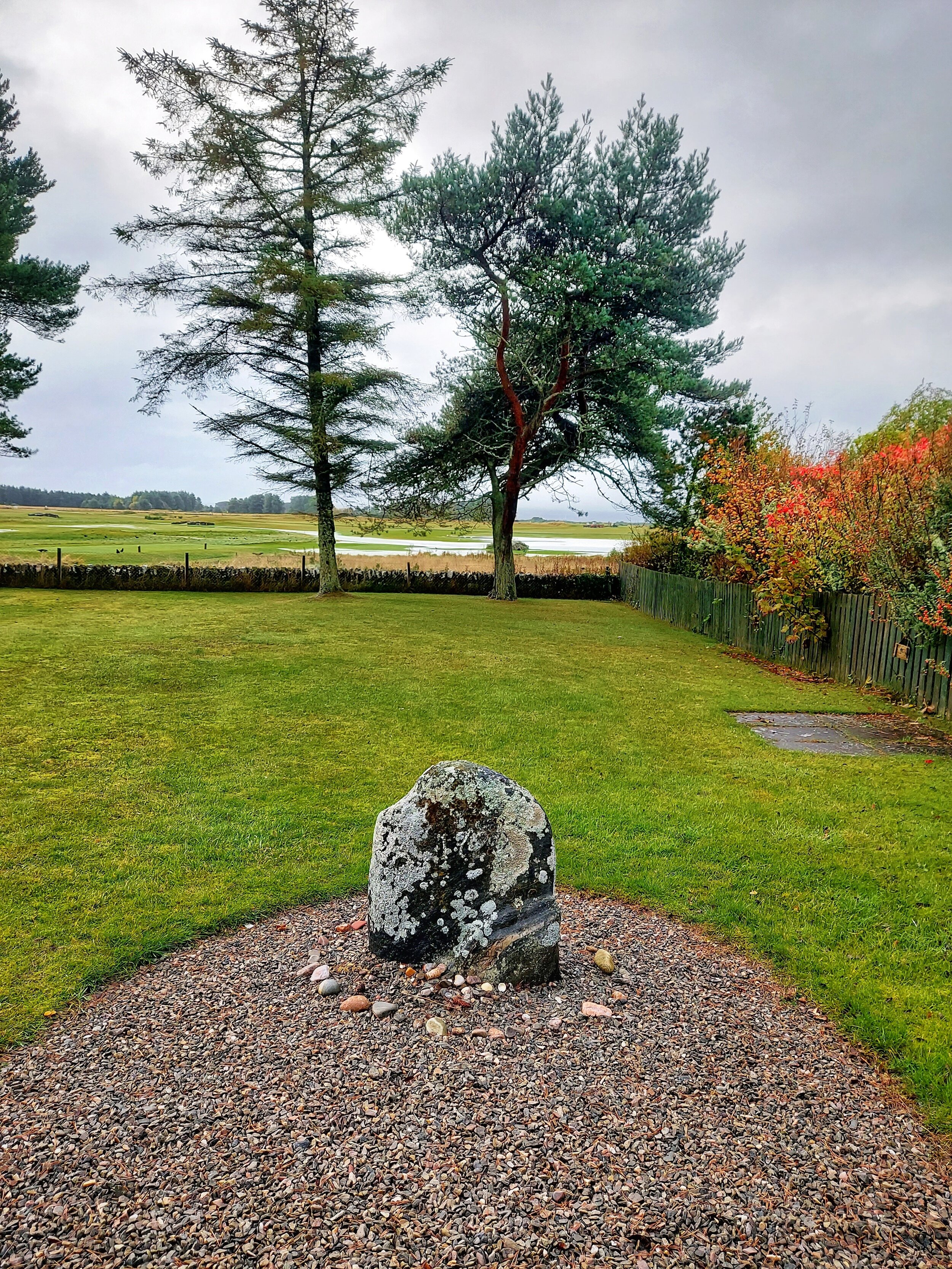
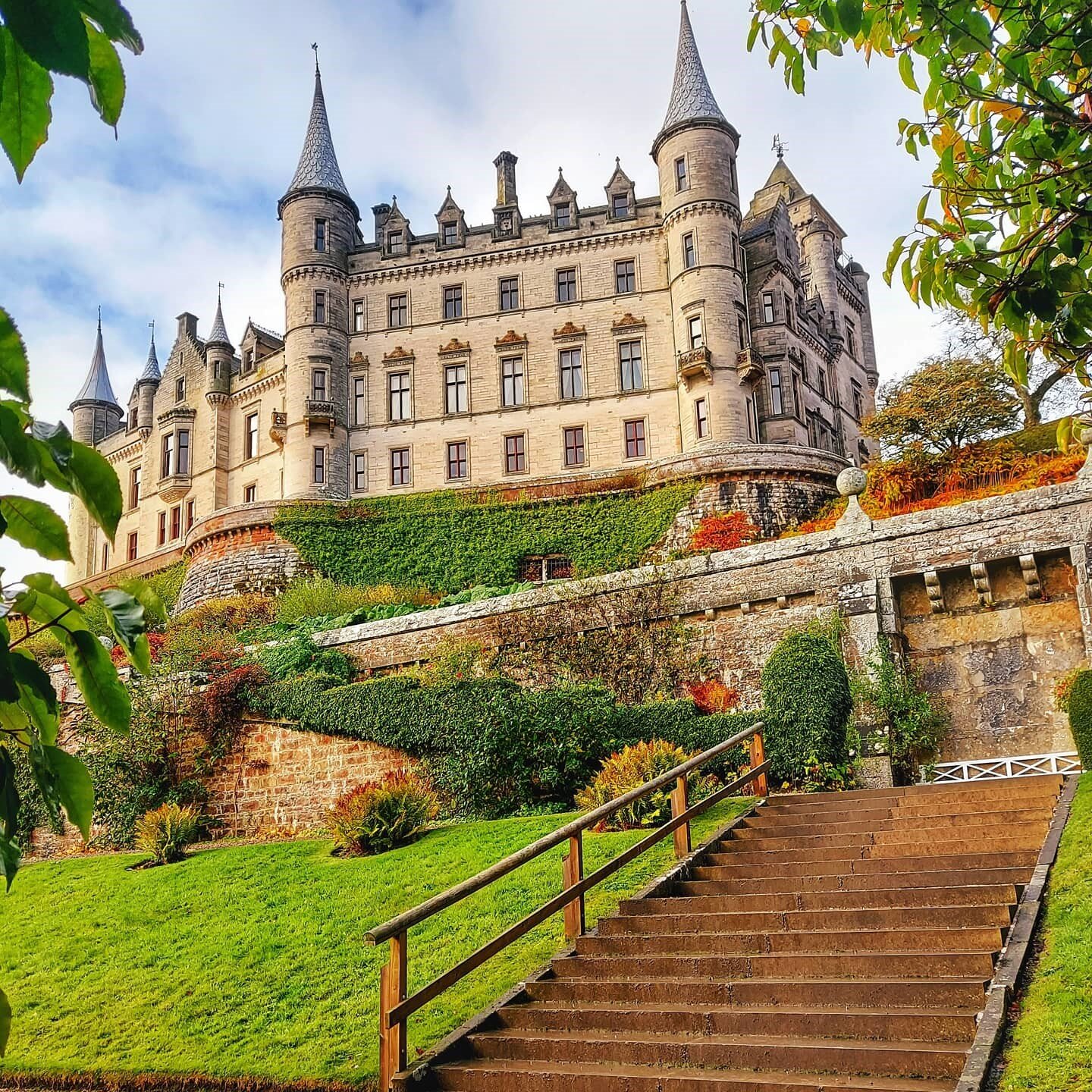
I share why I decided to solo travel for the first time whilst going through a divorce and I never looked back!